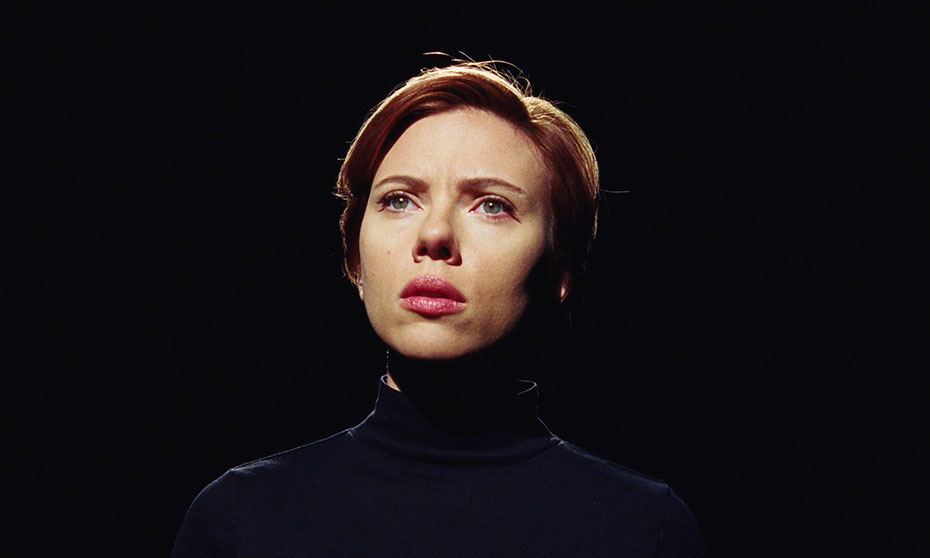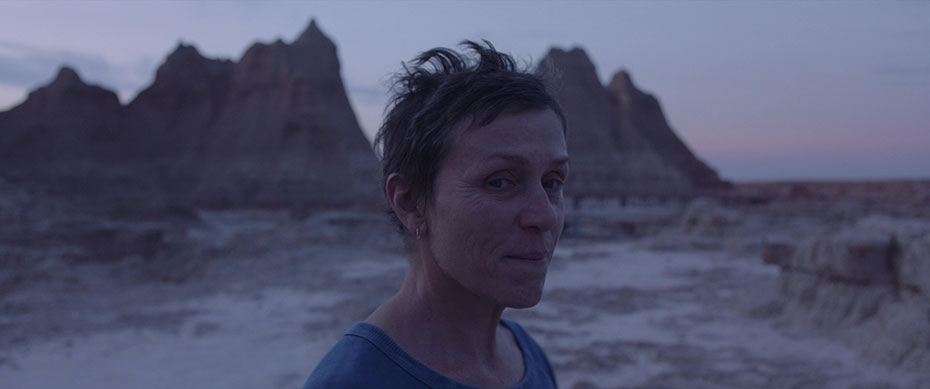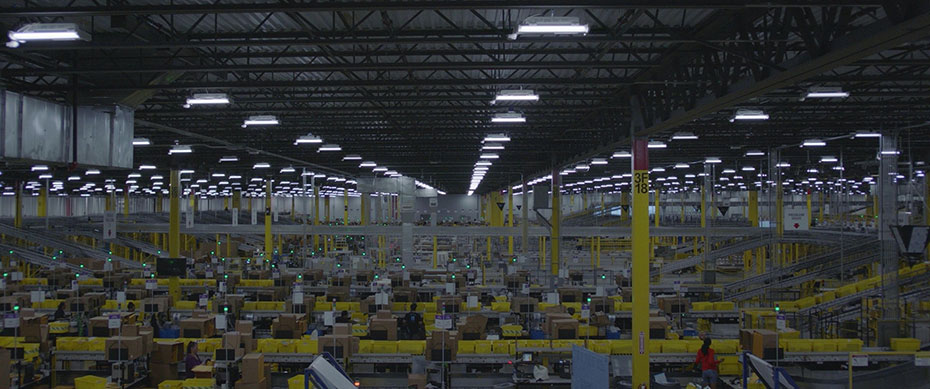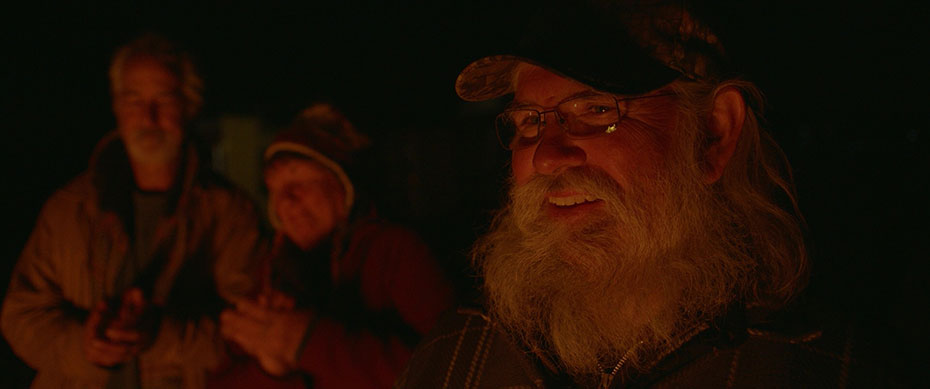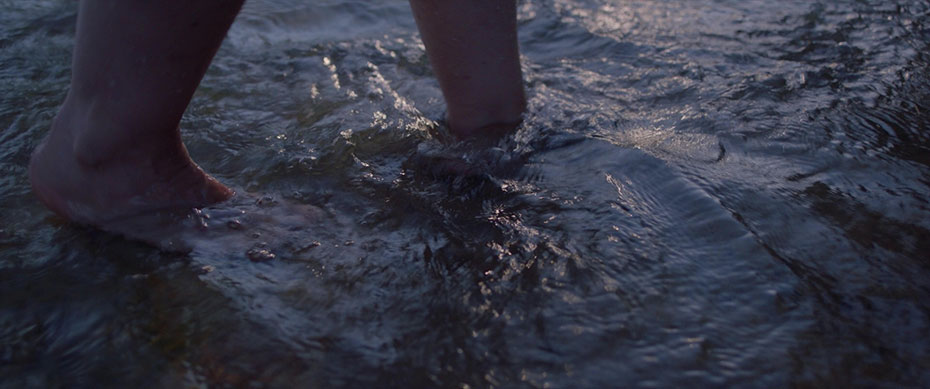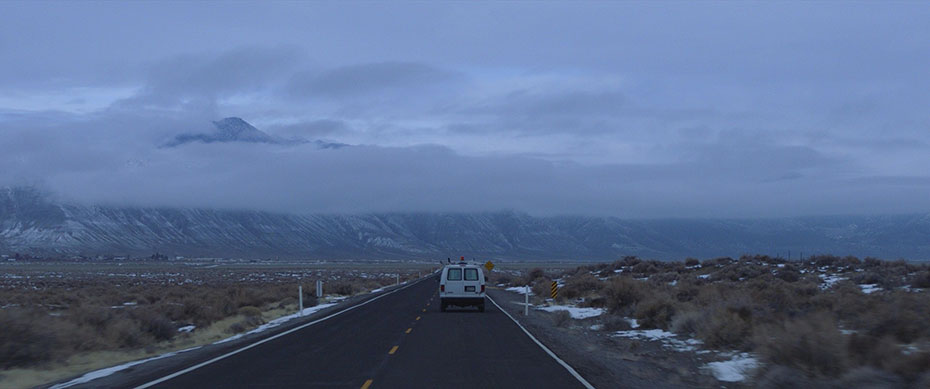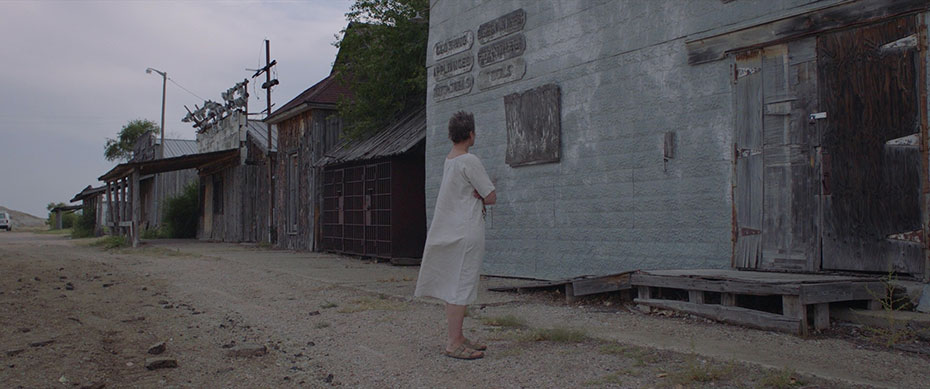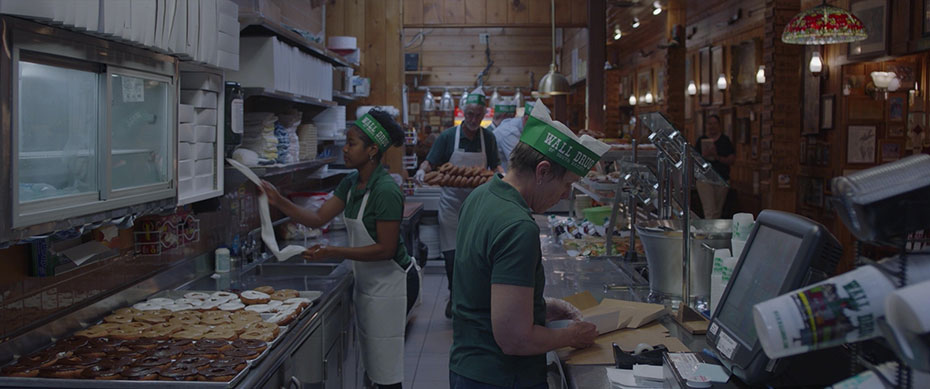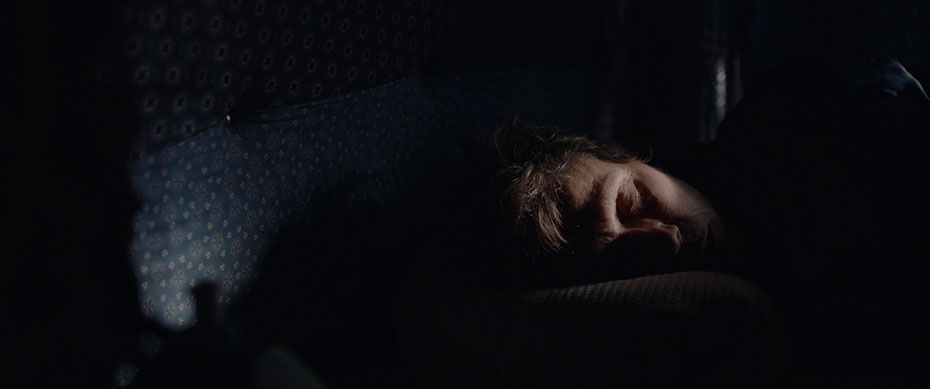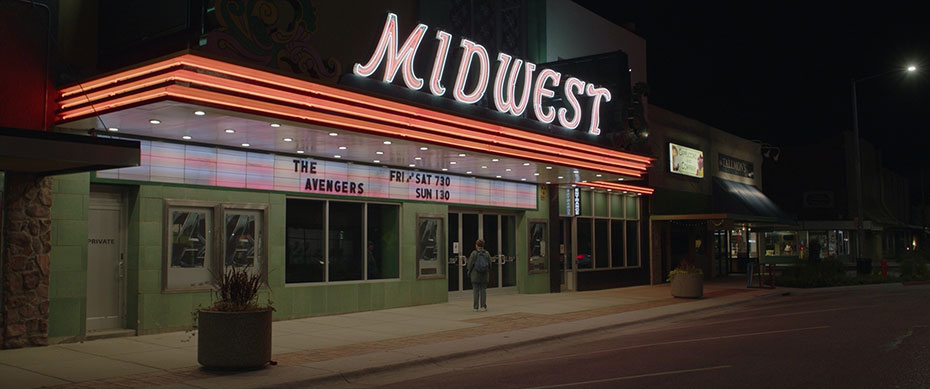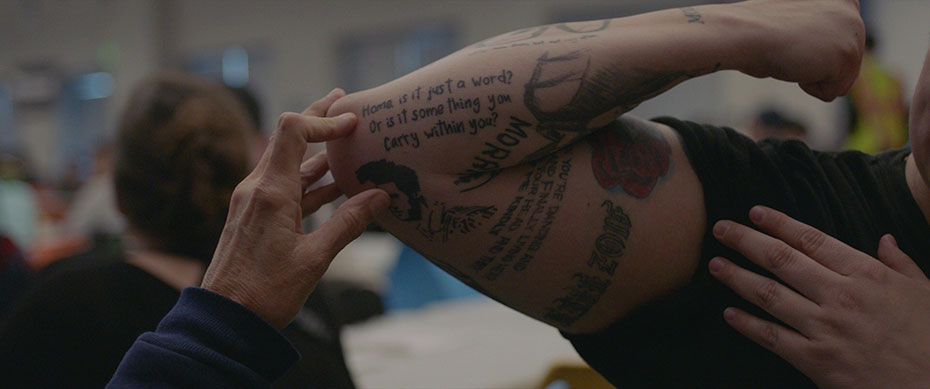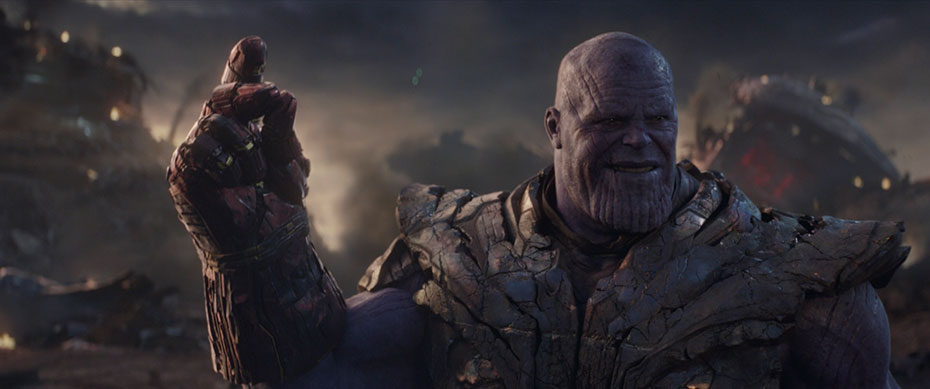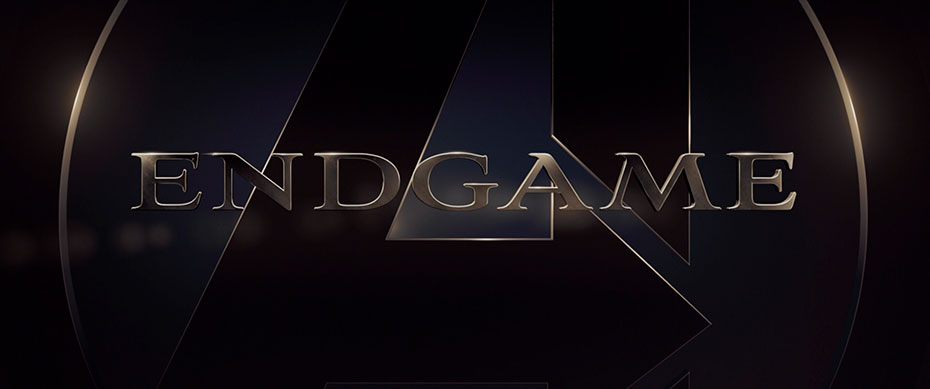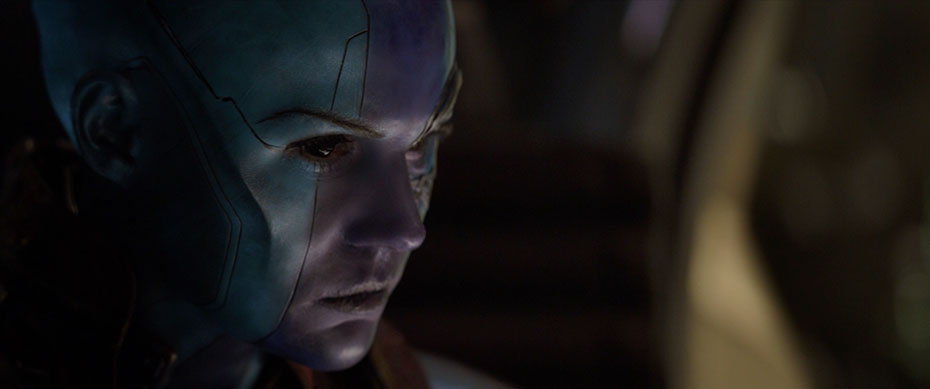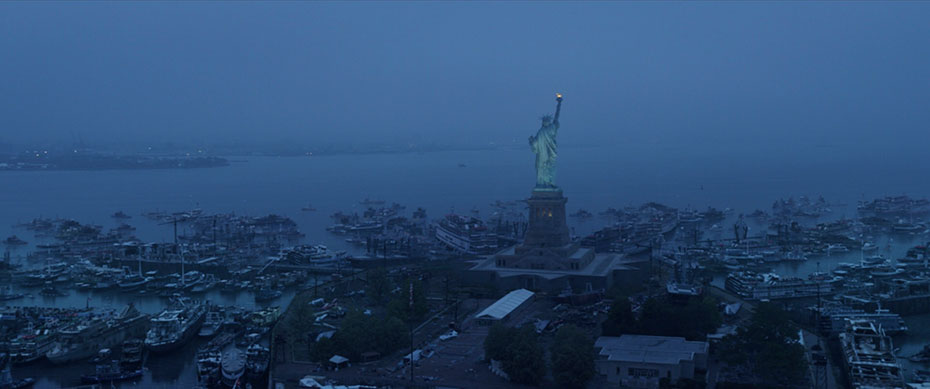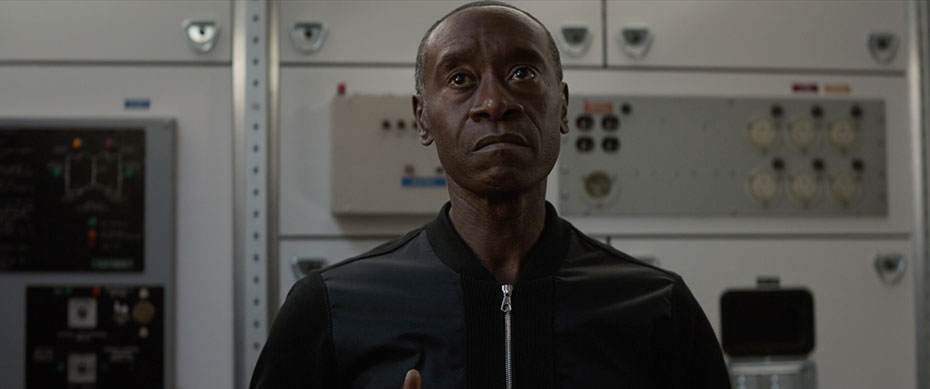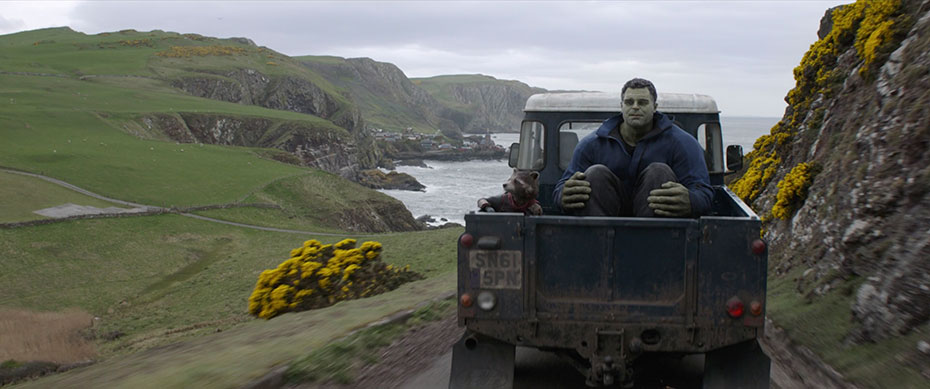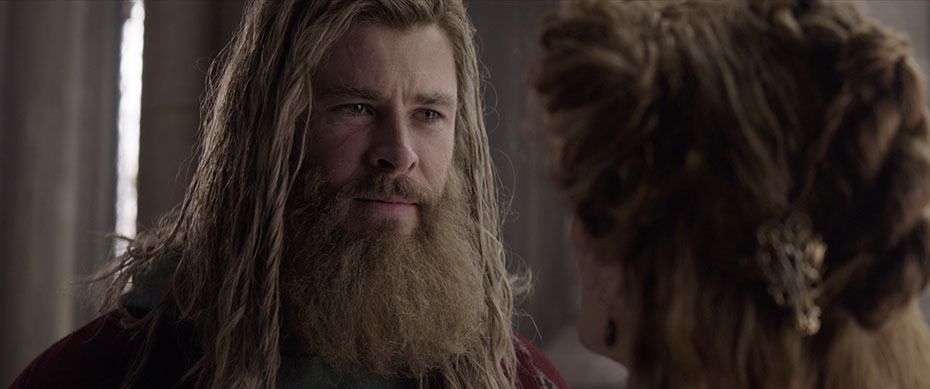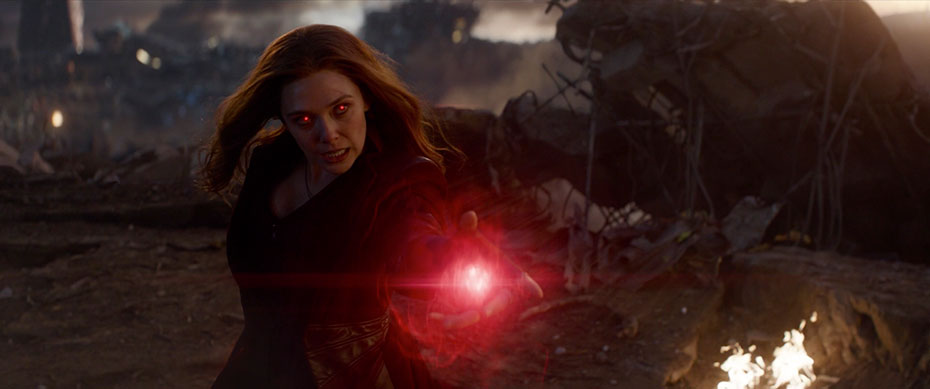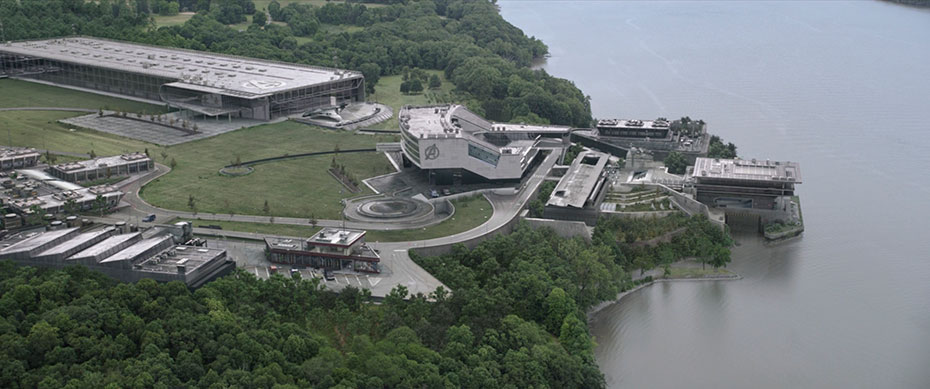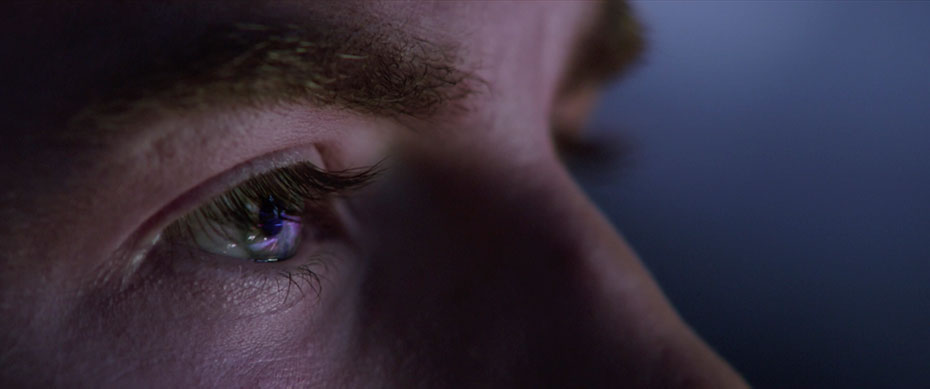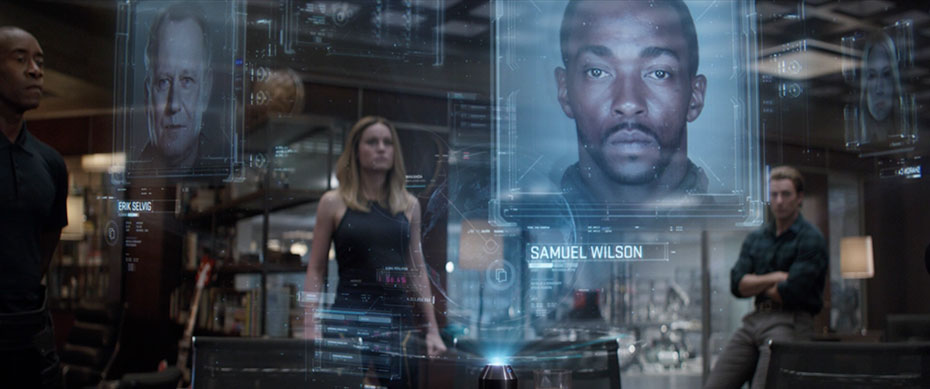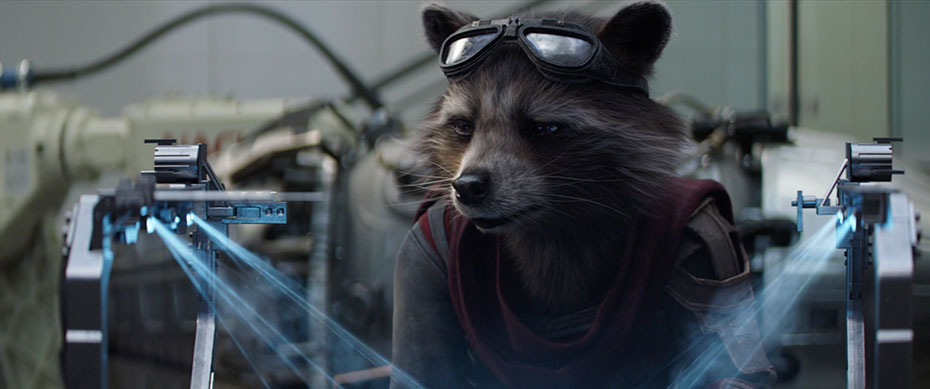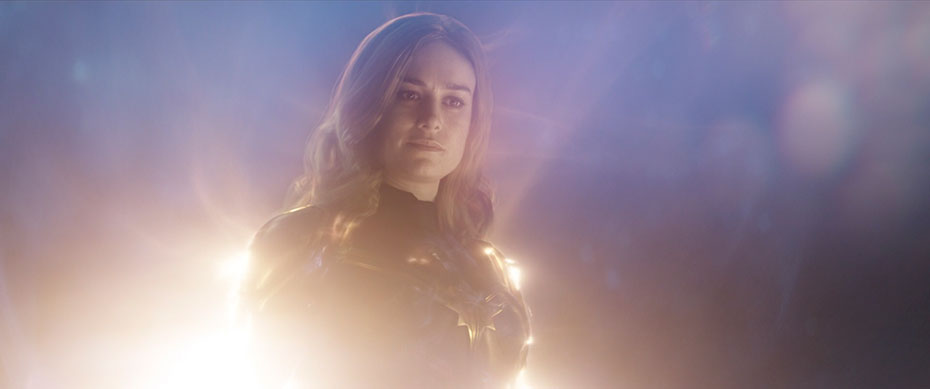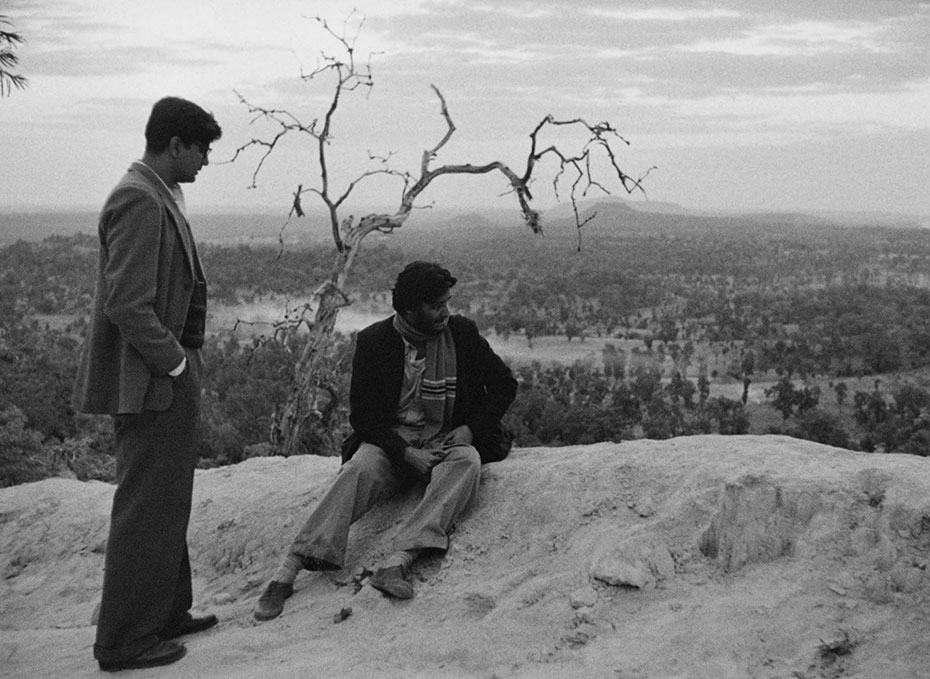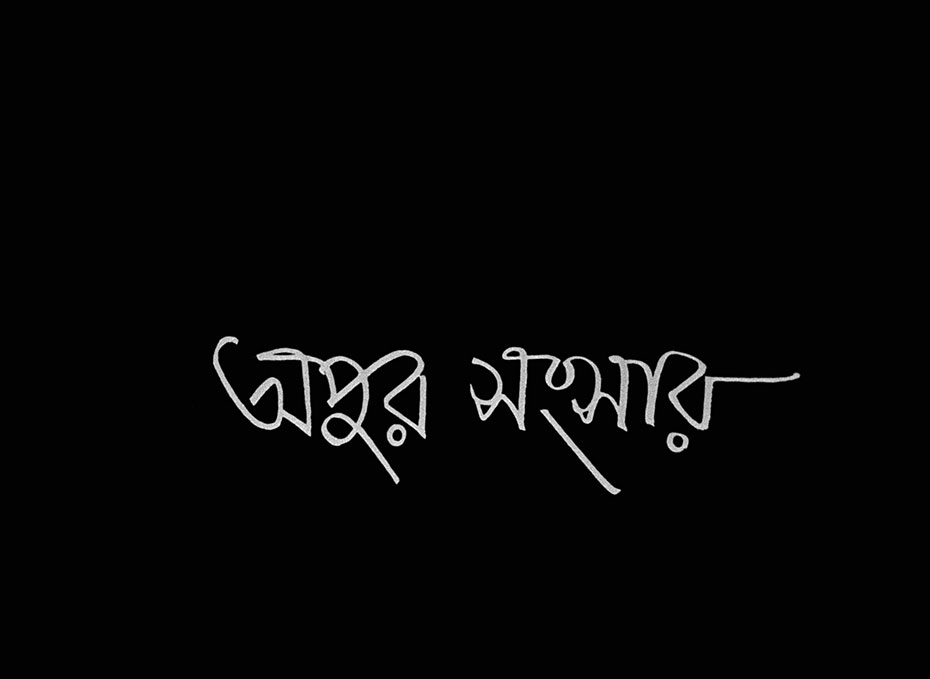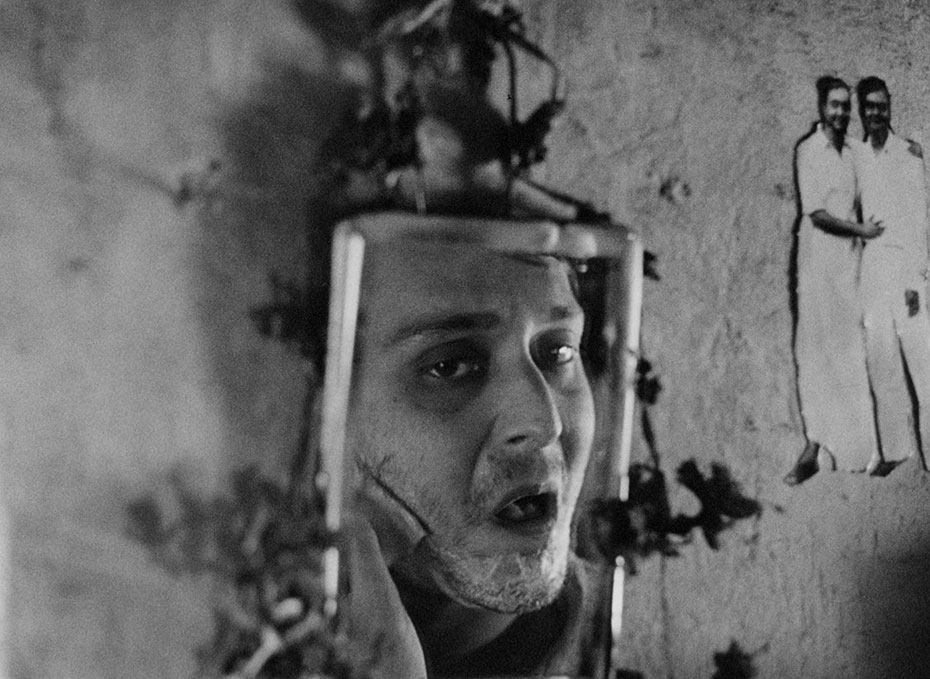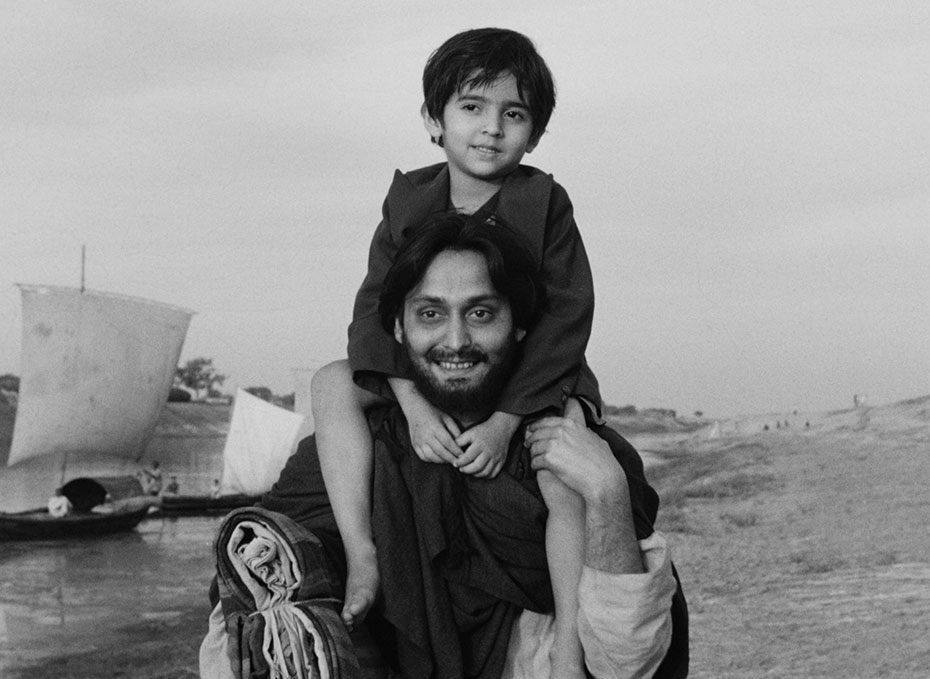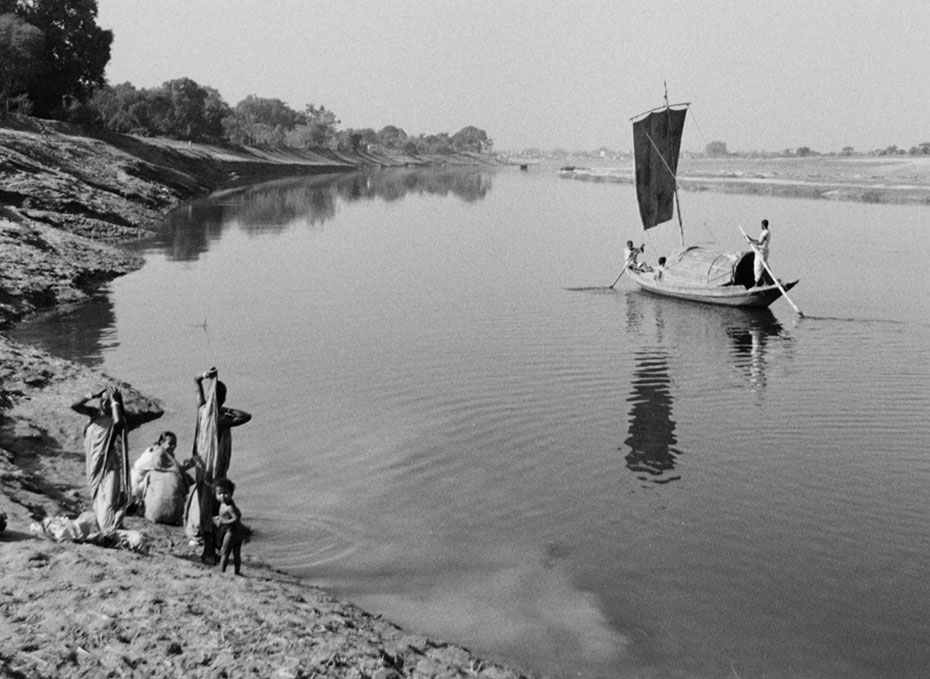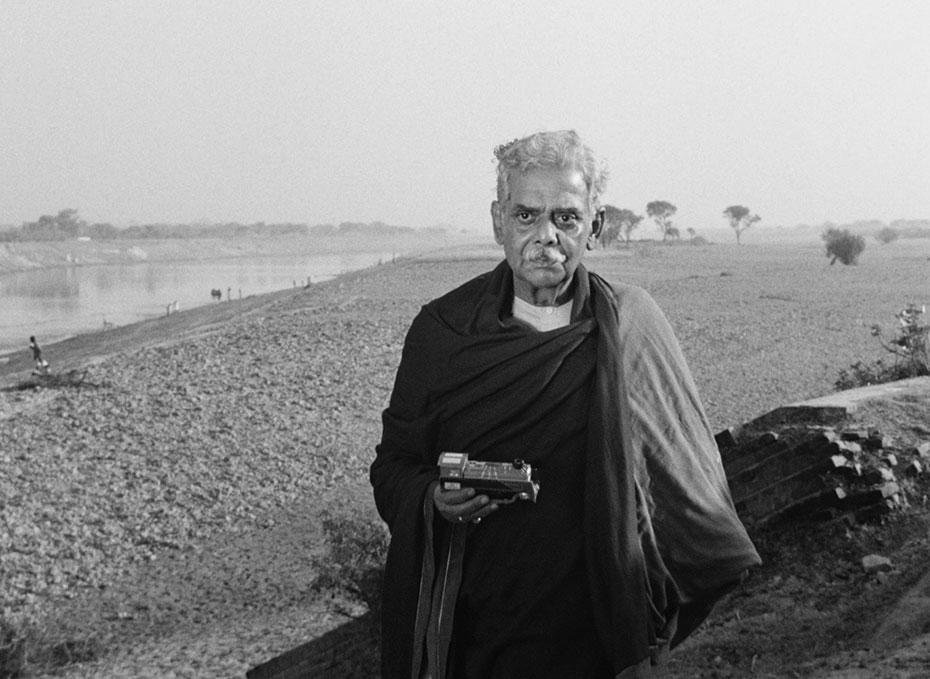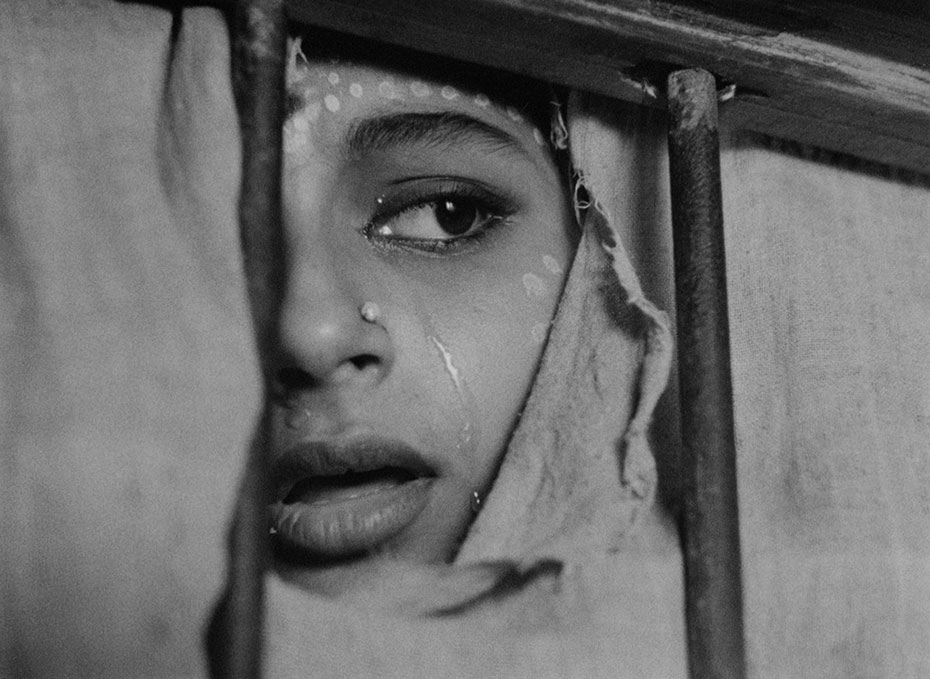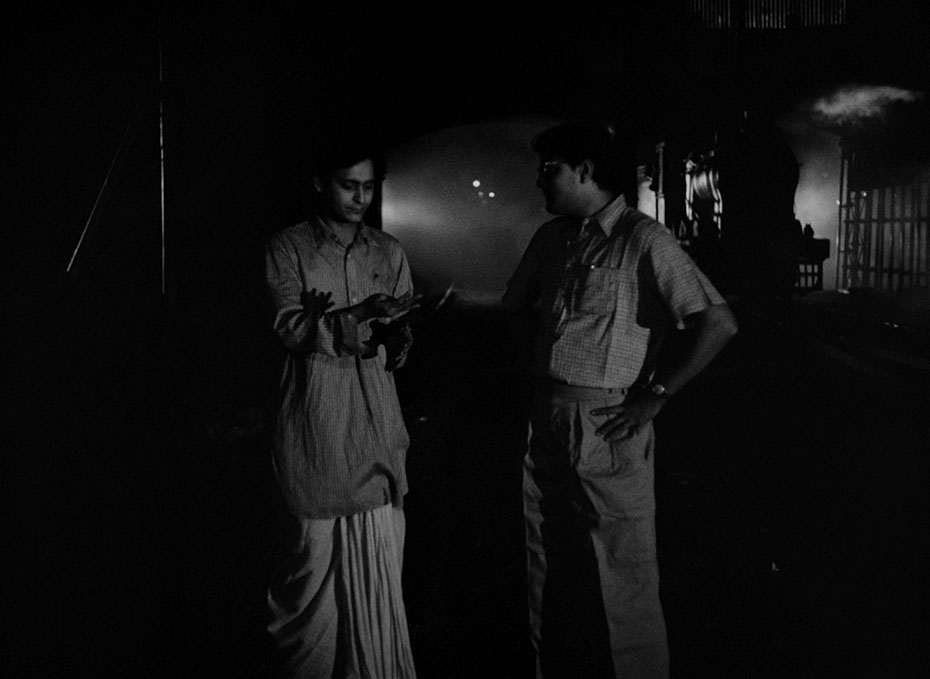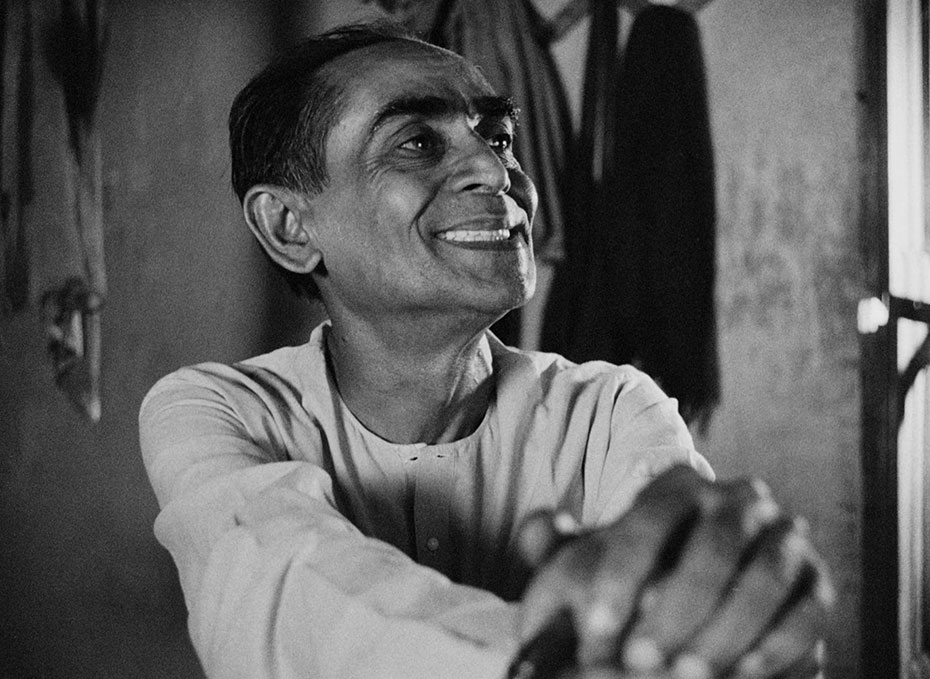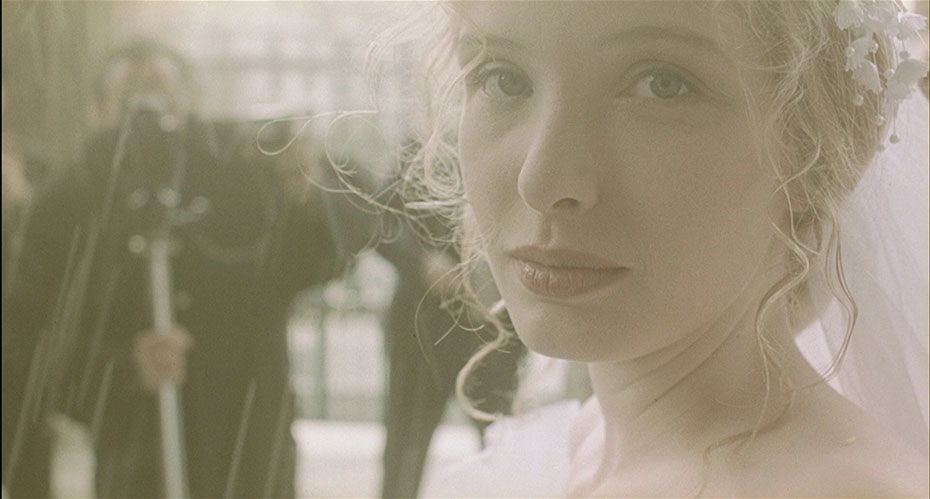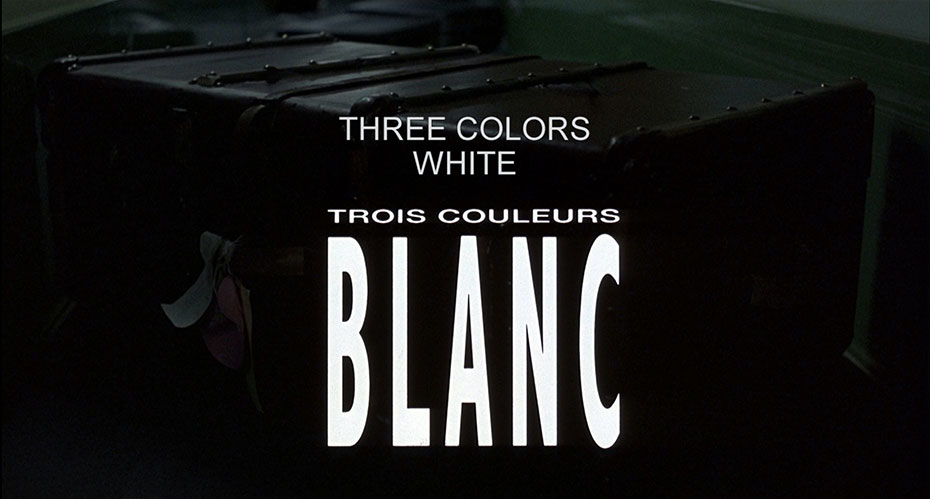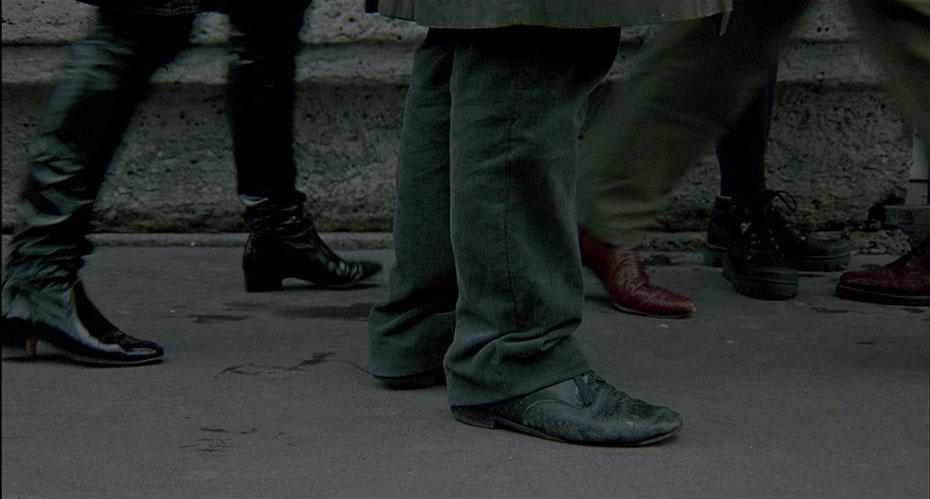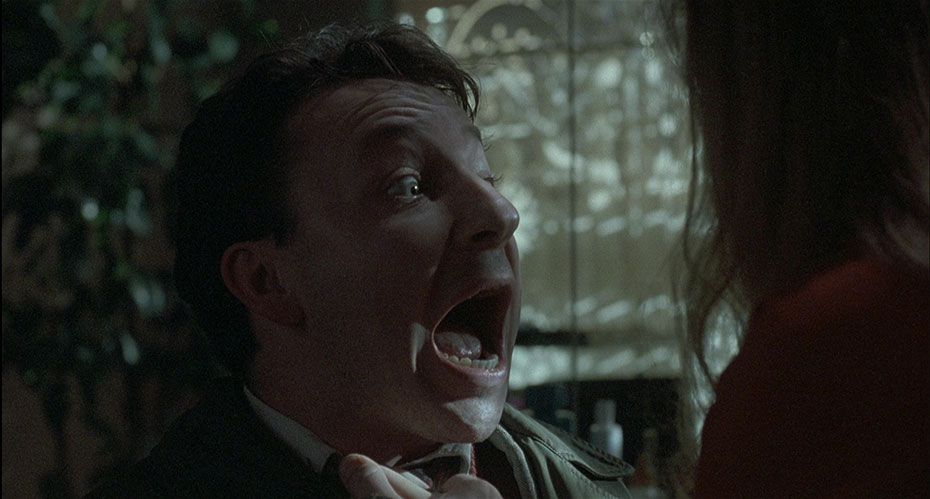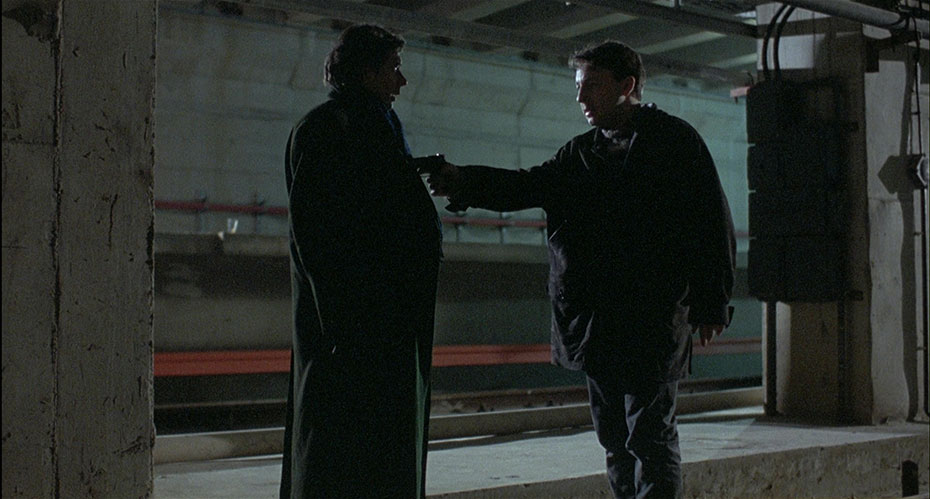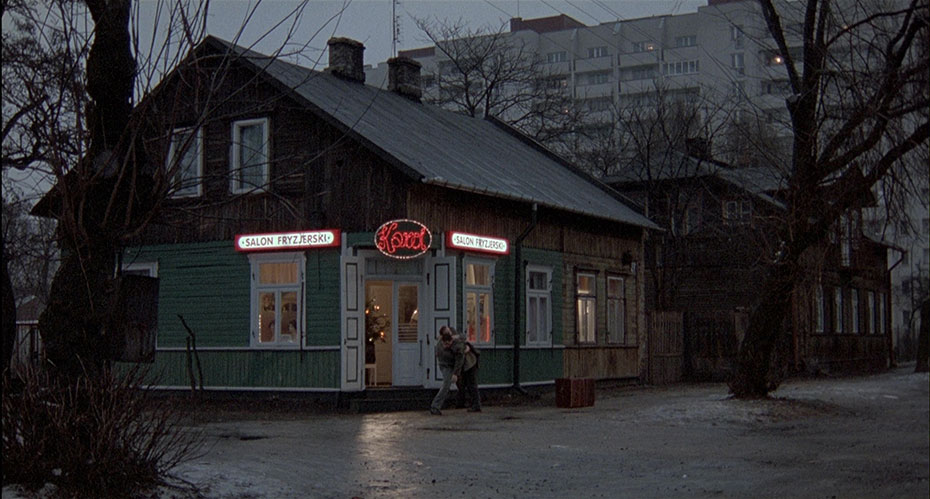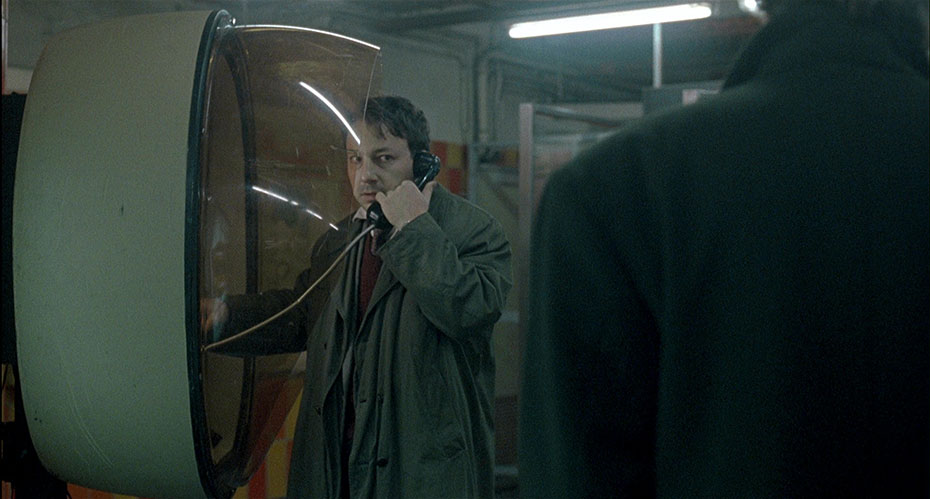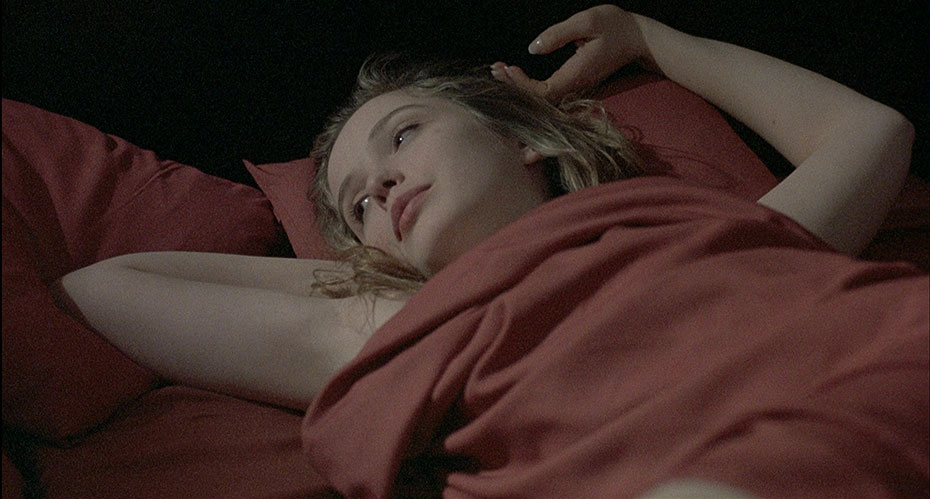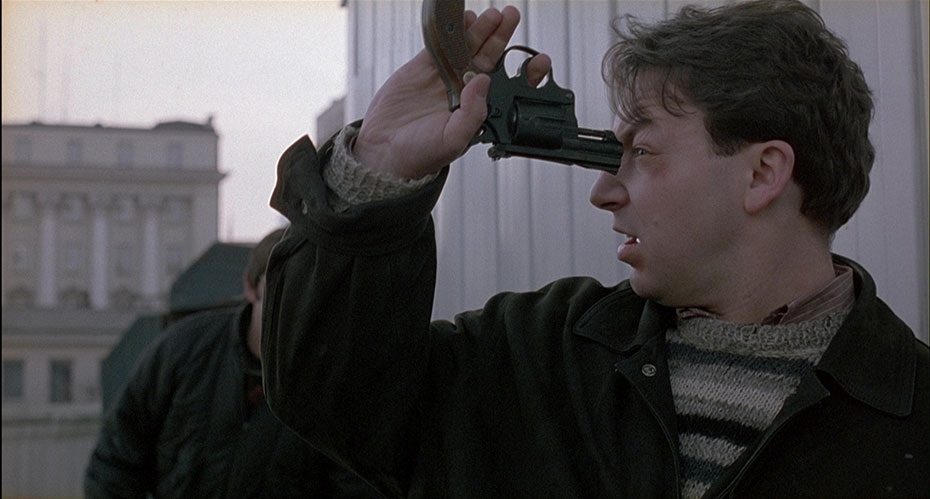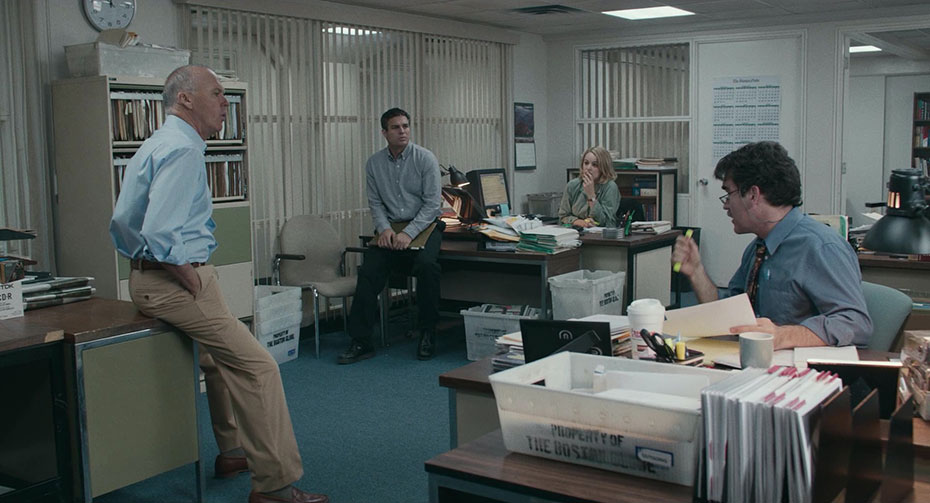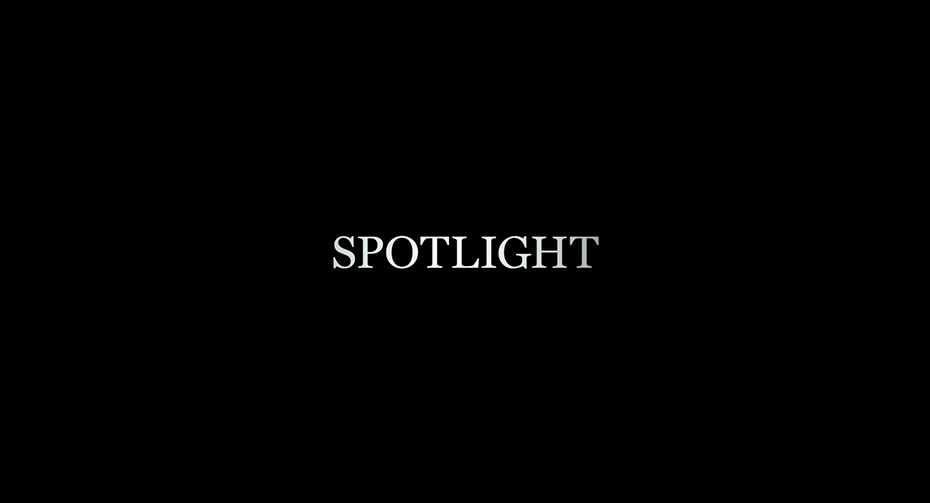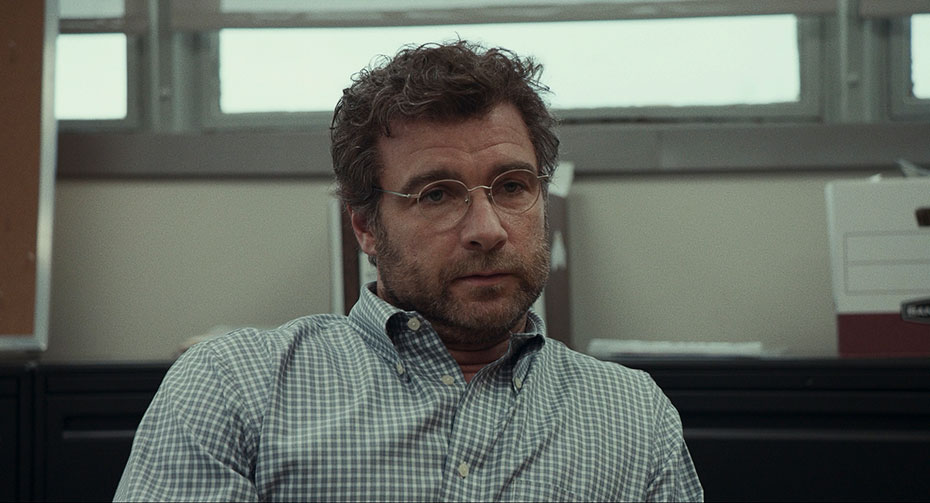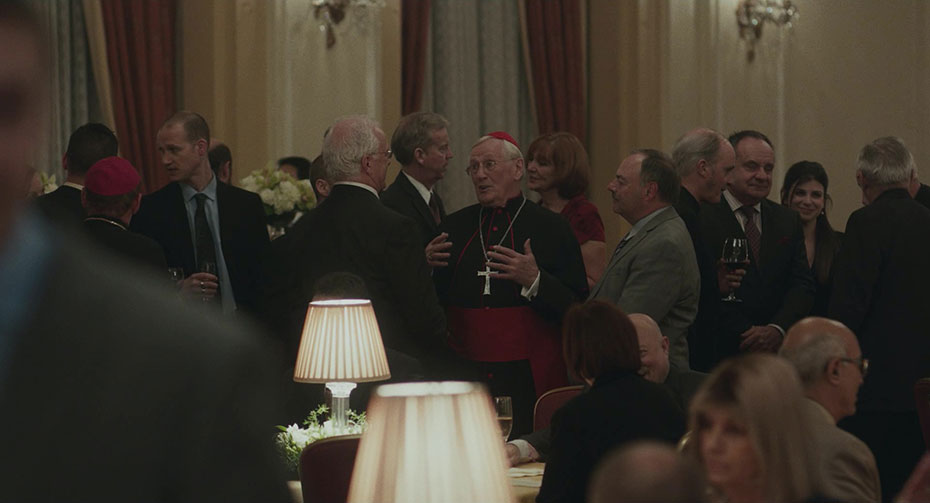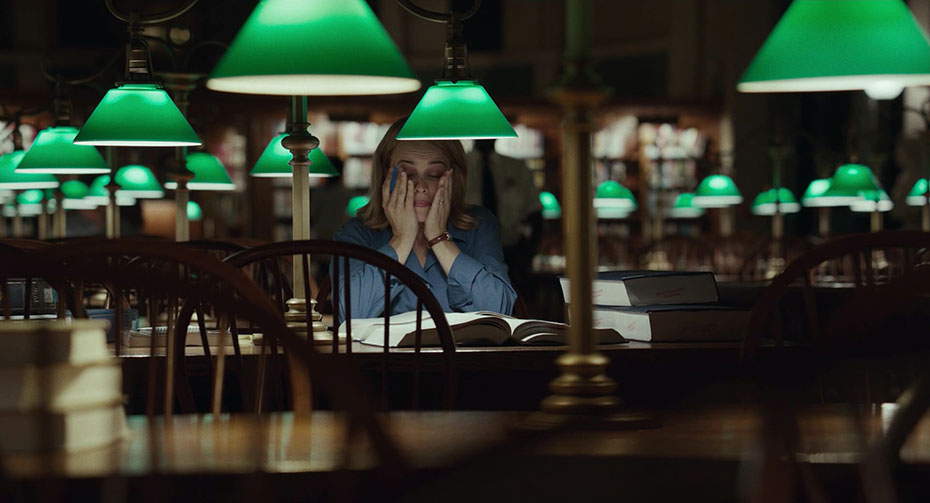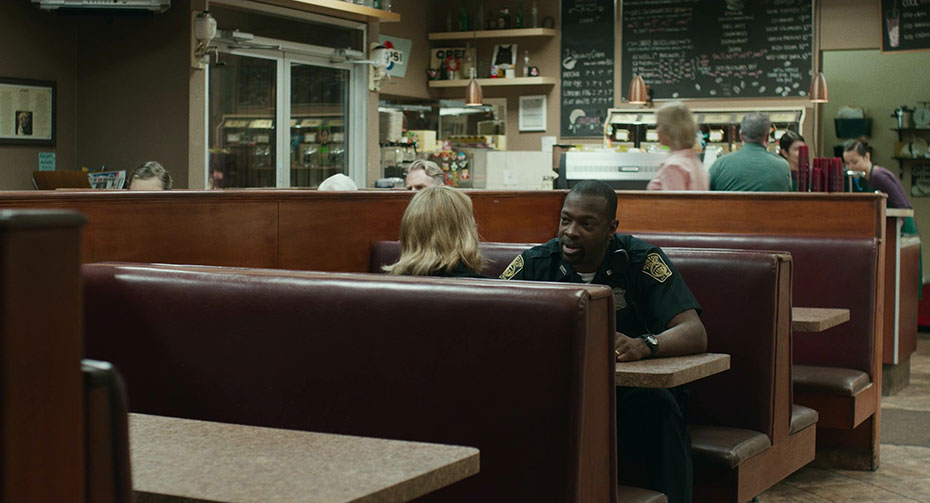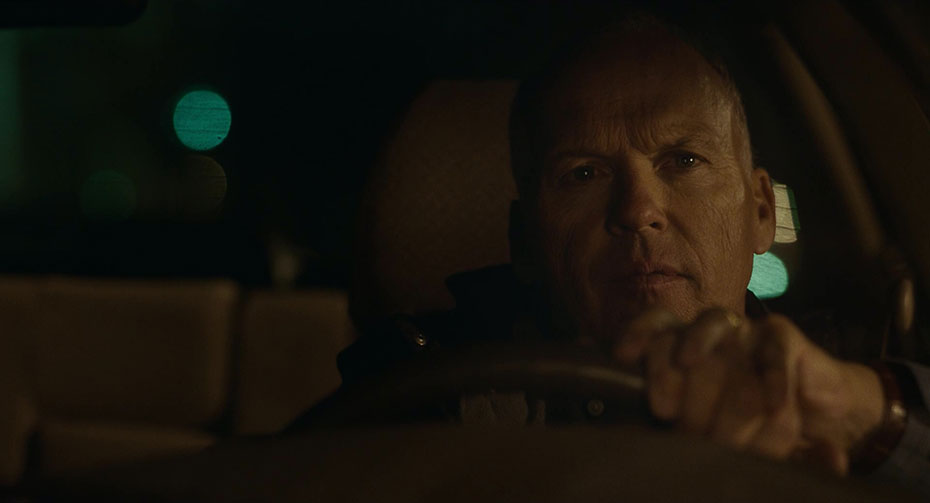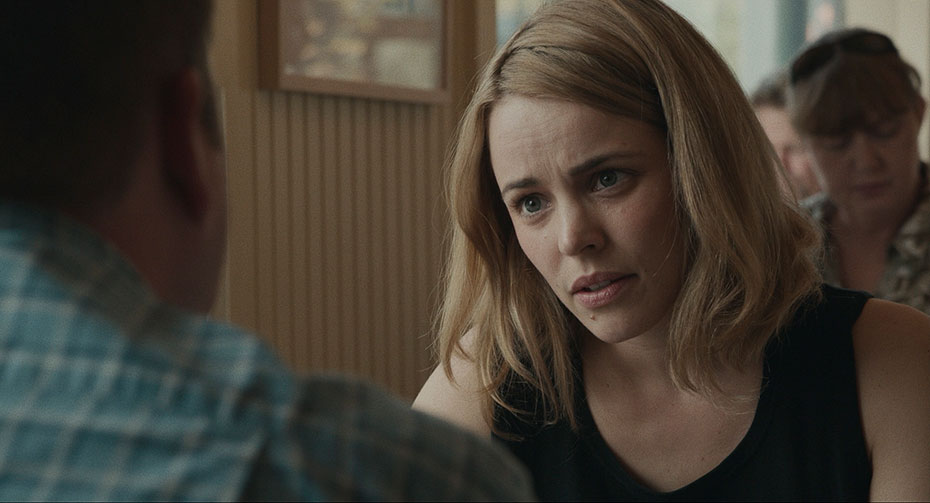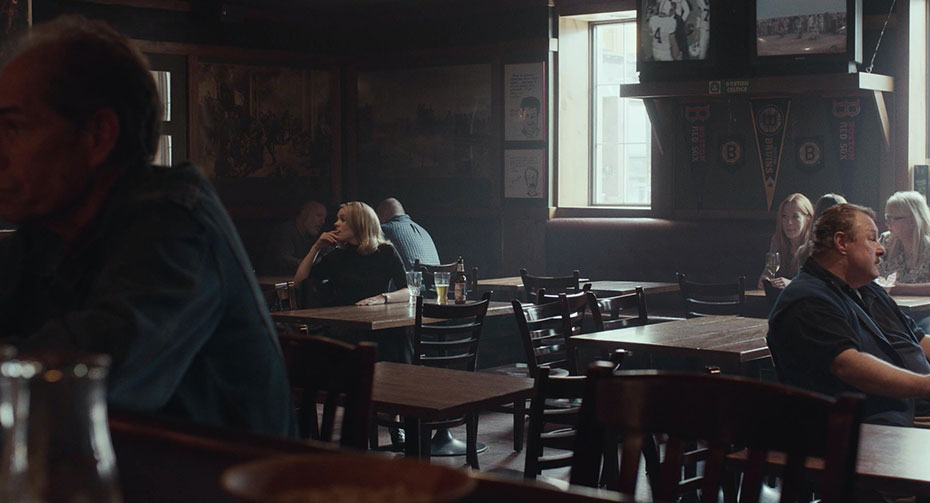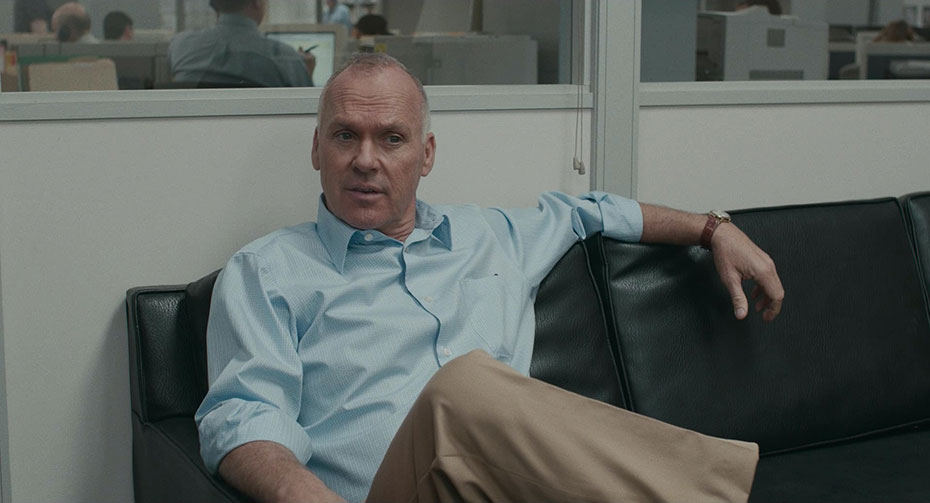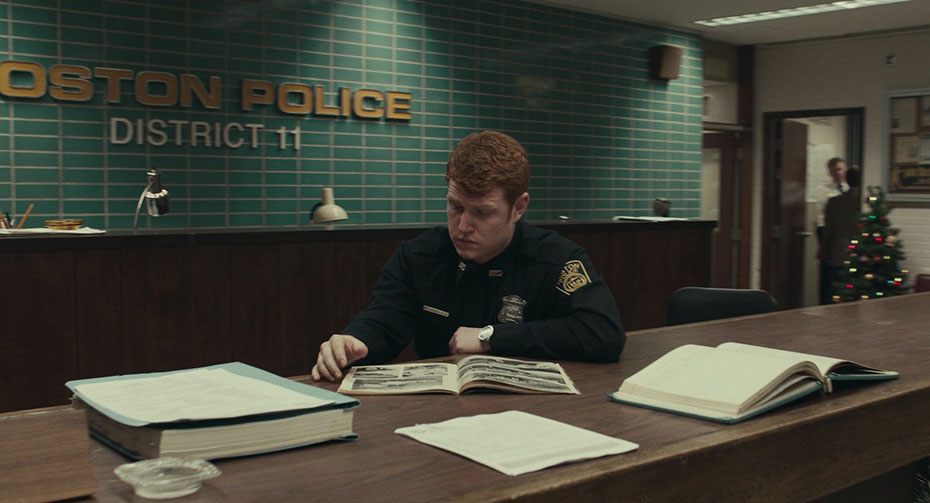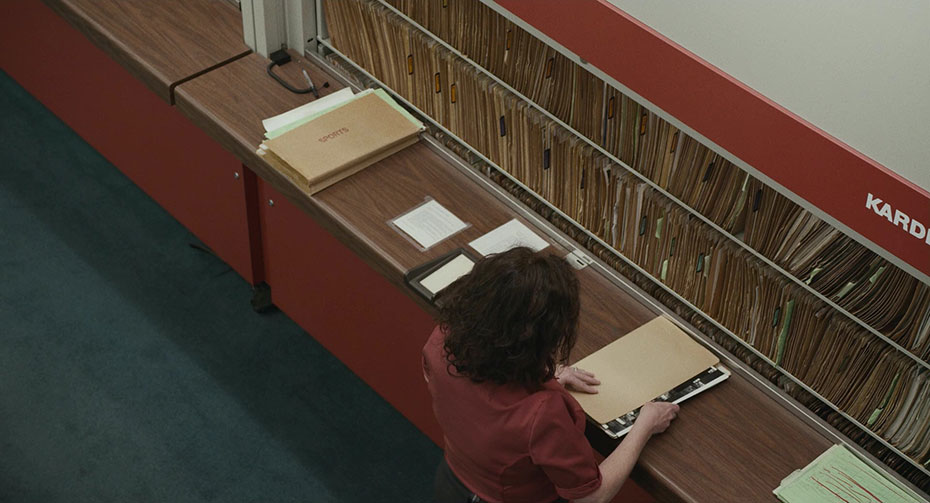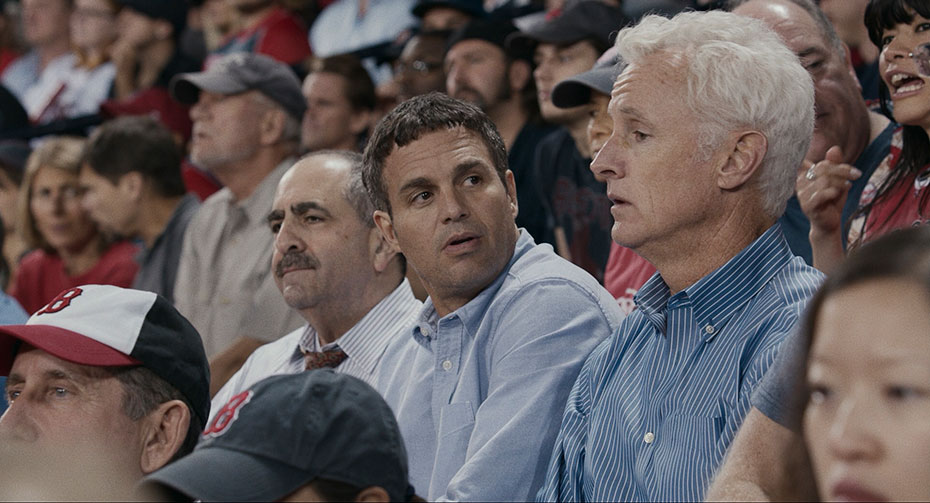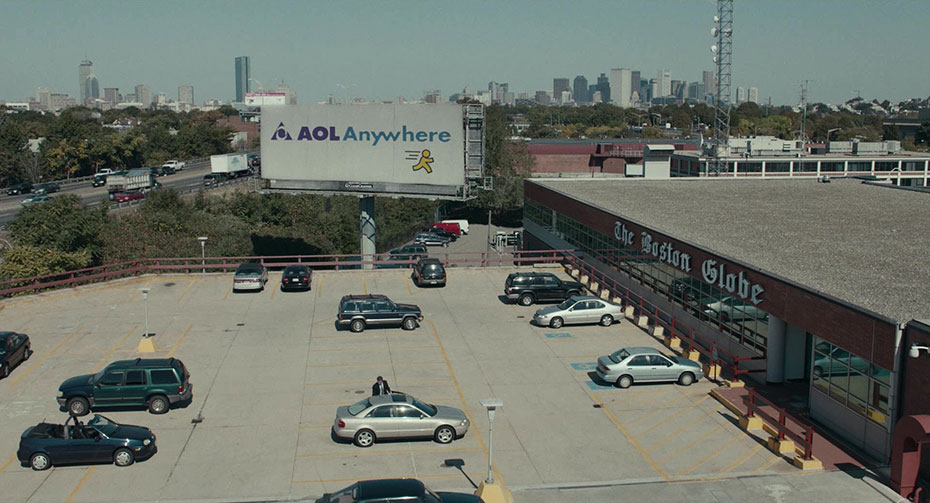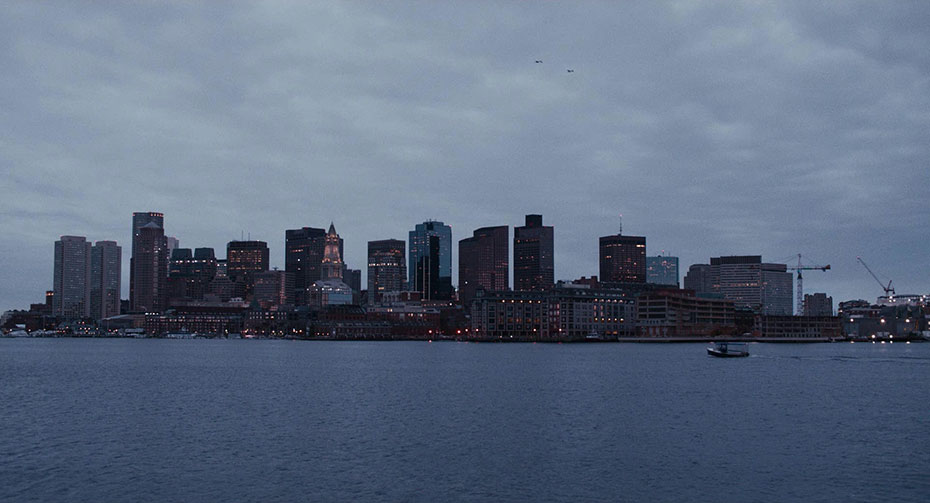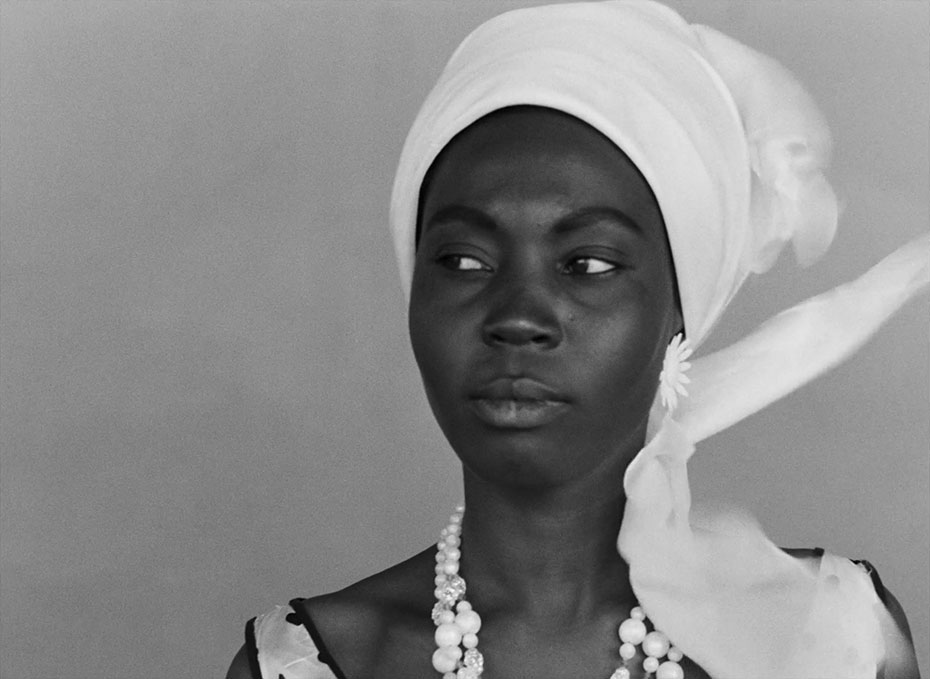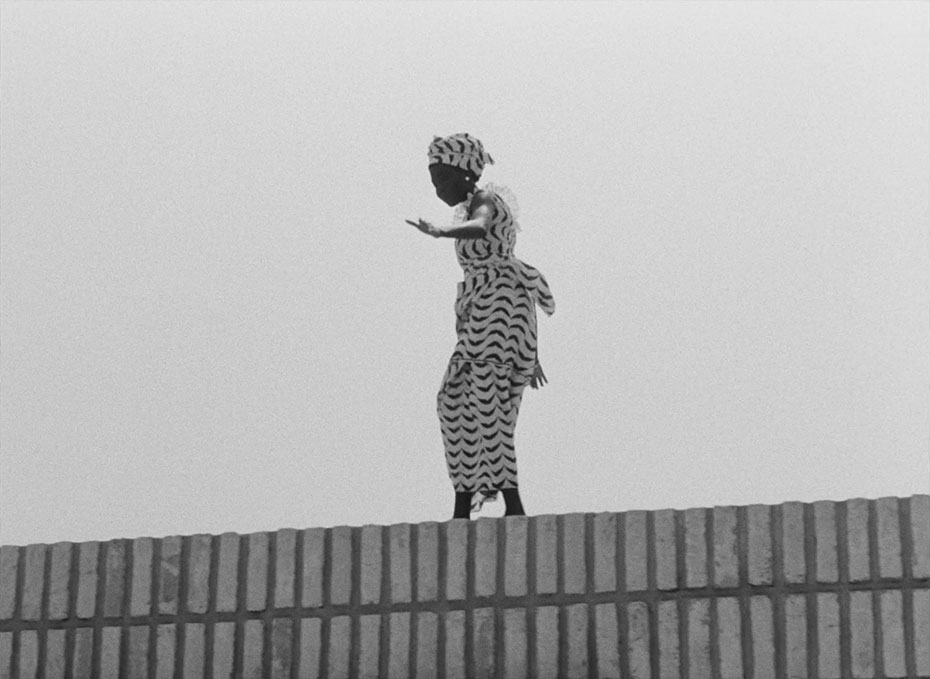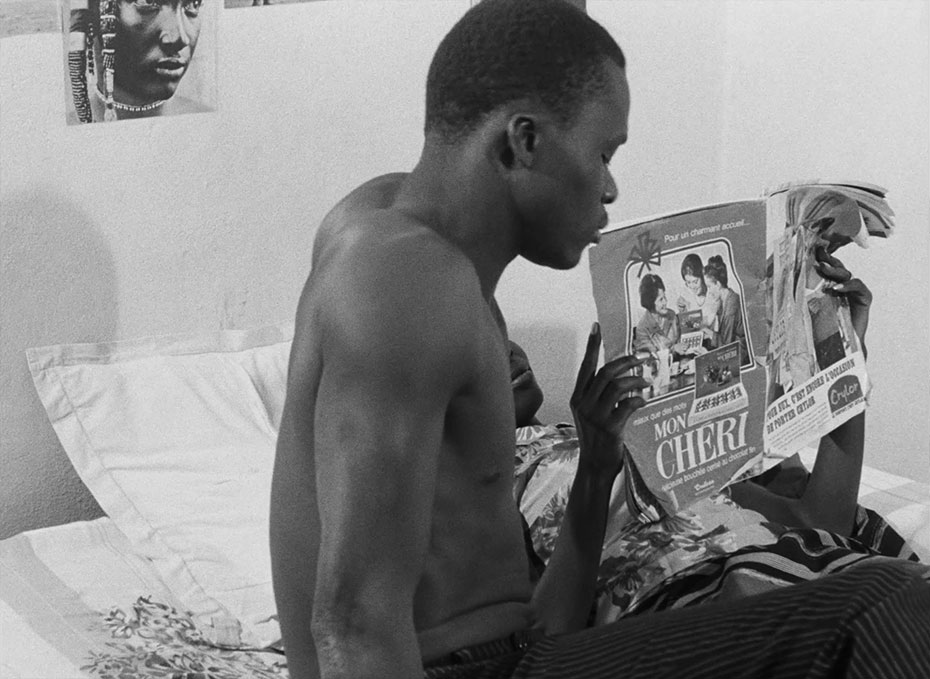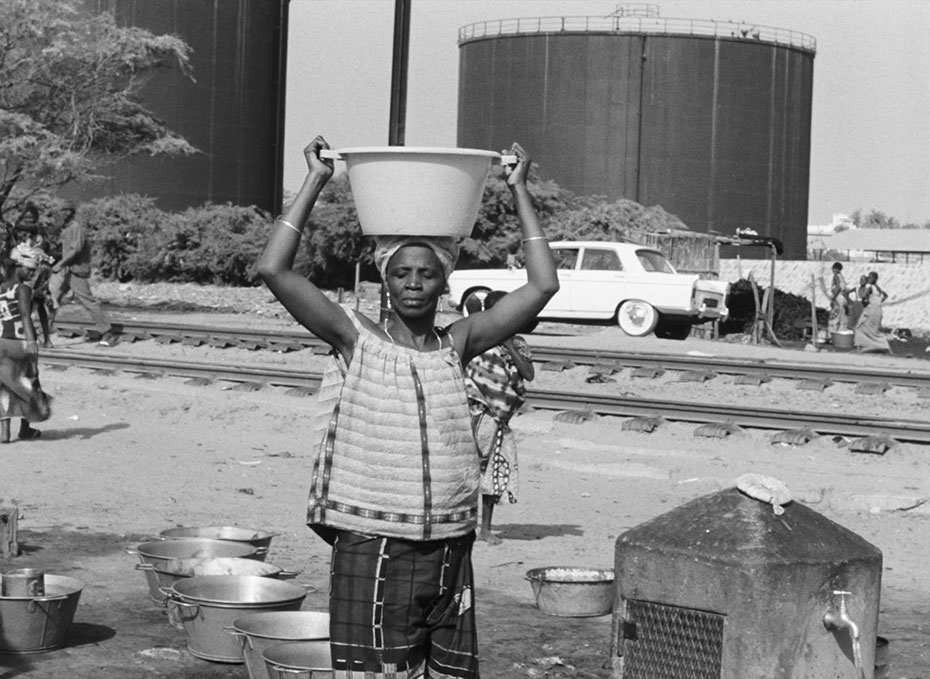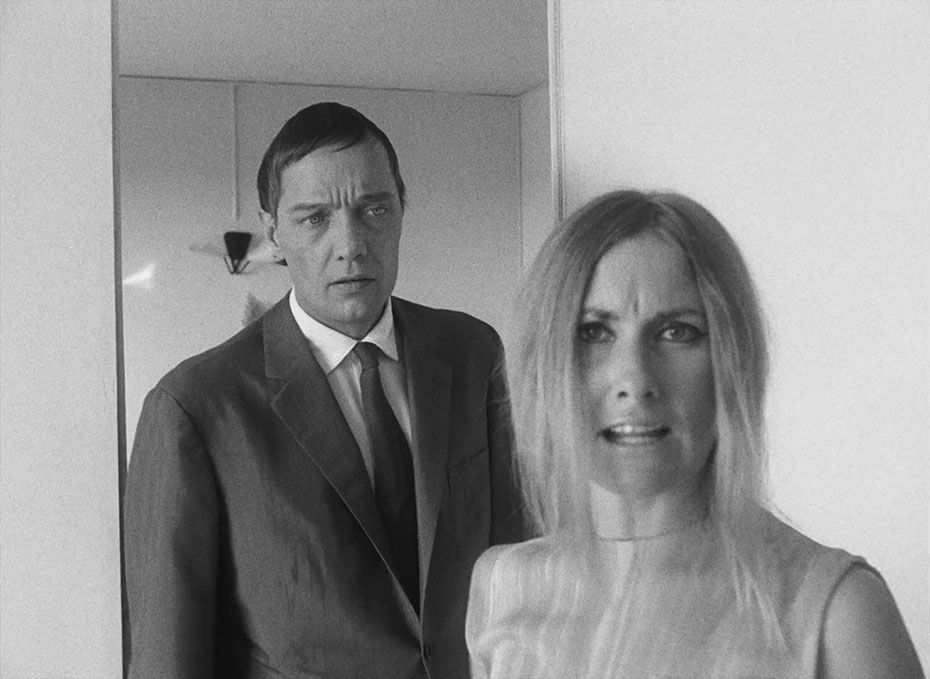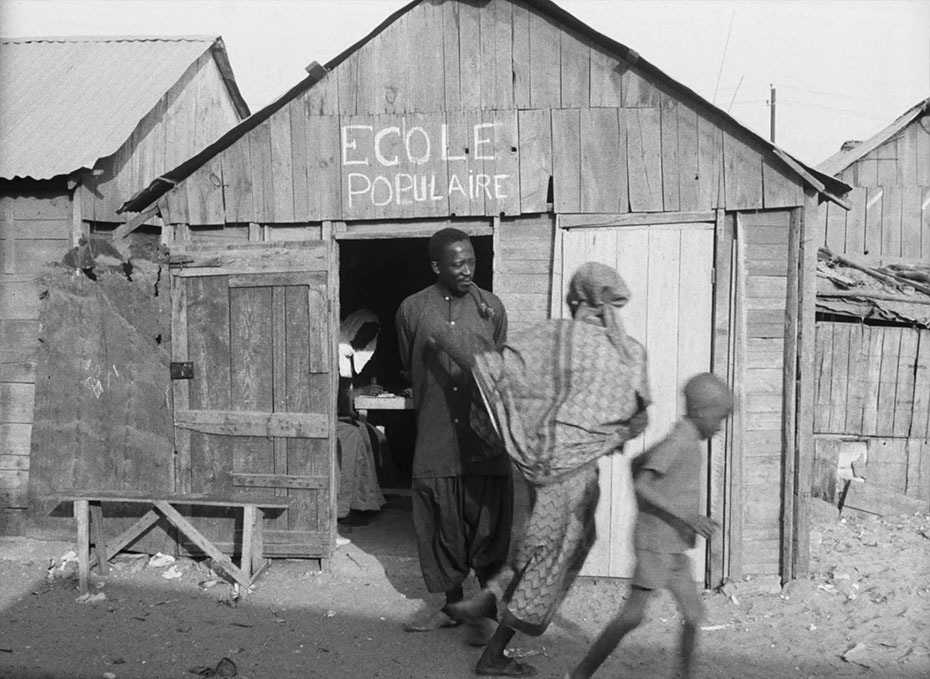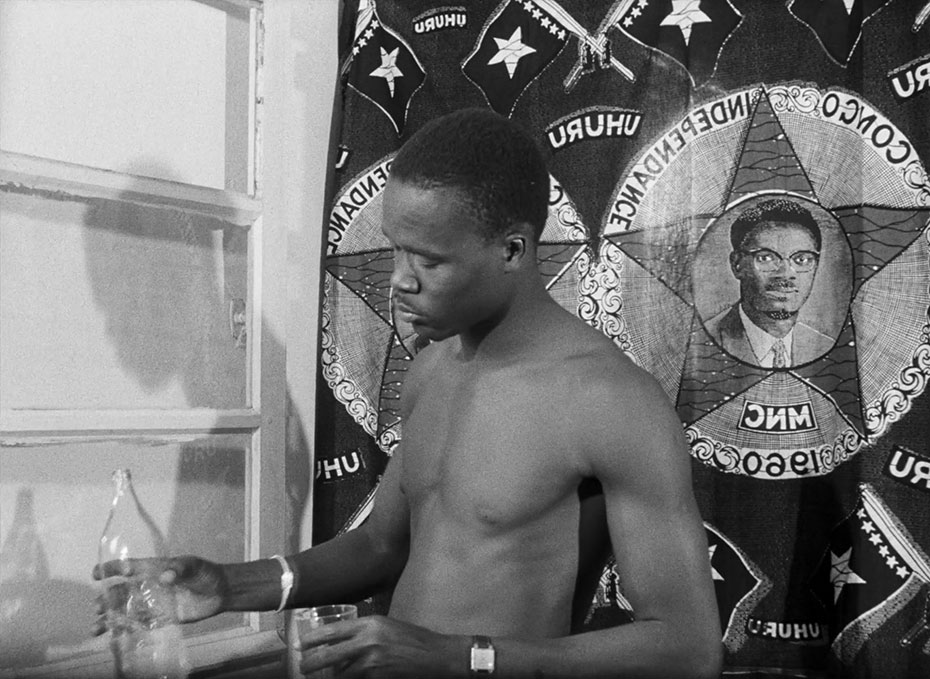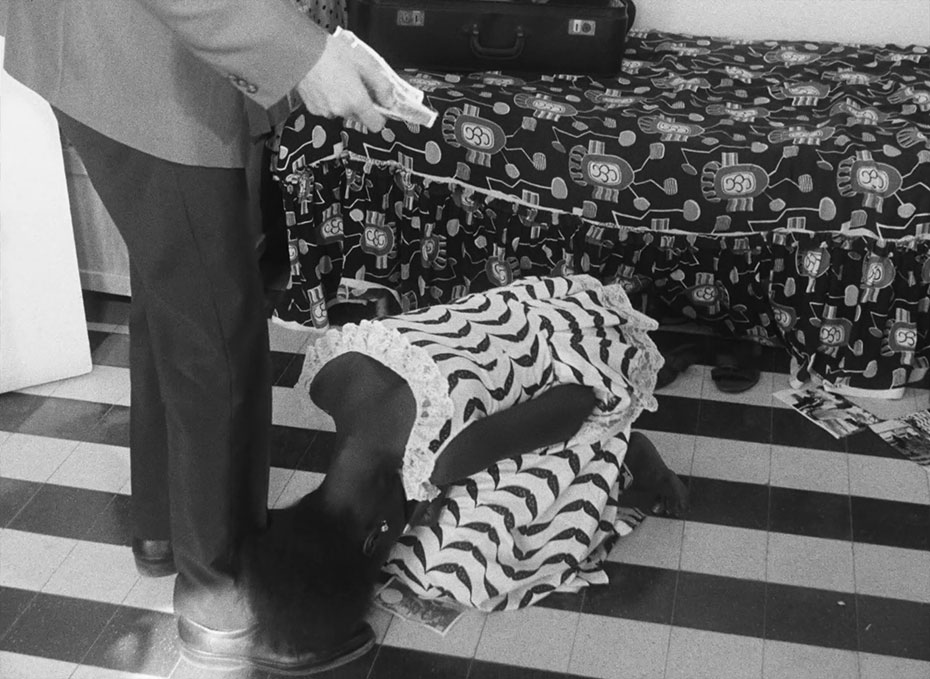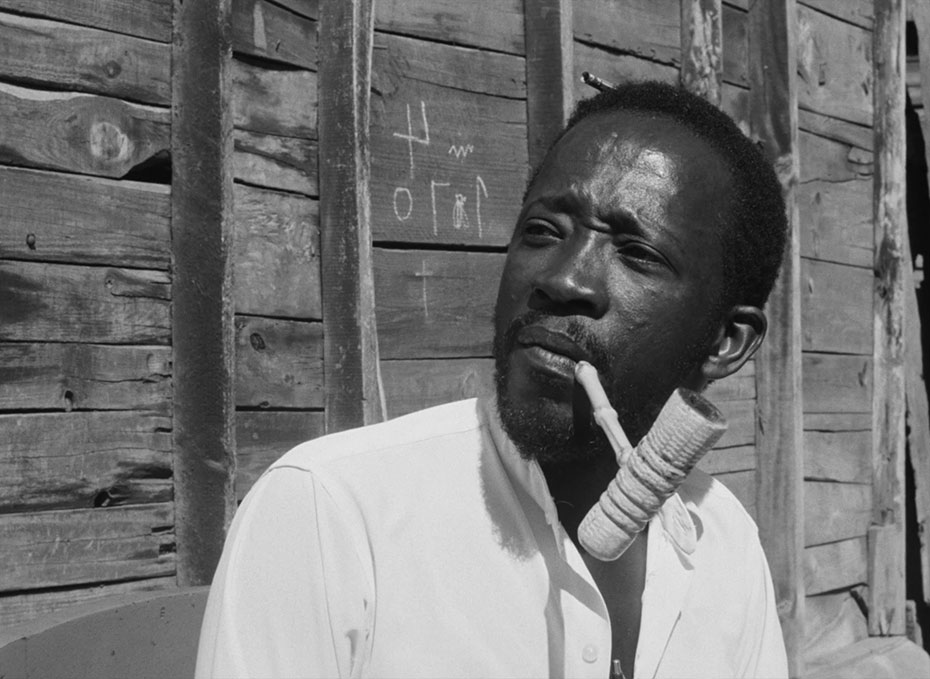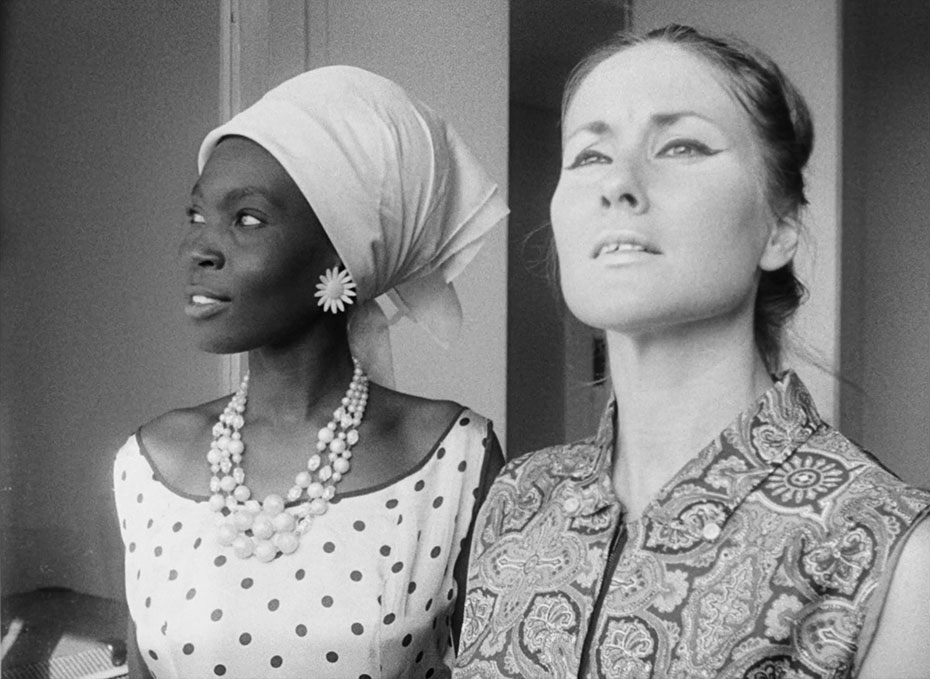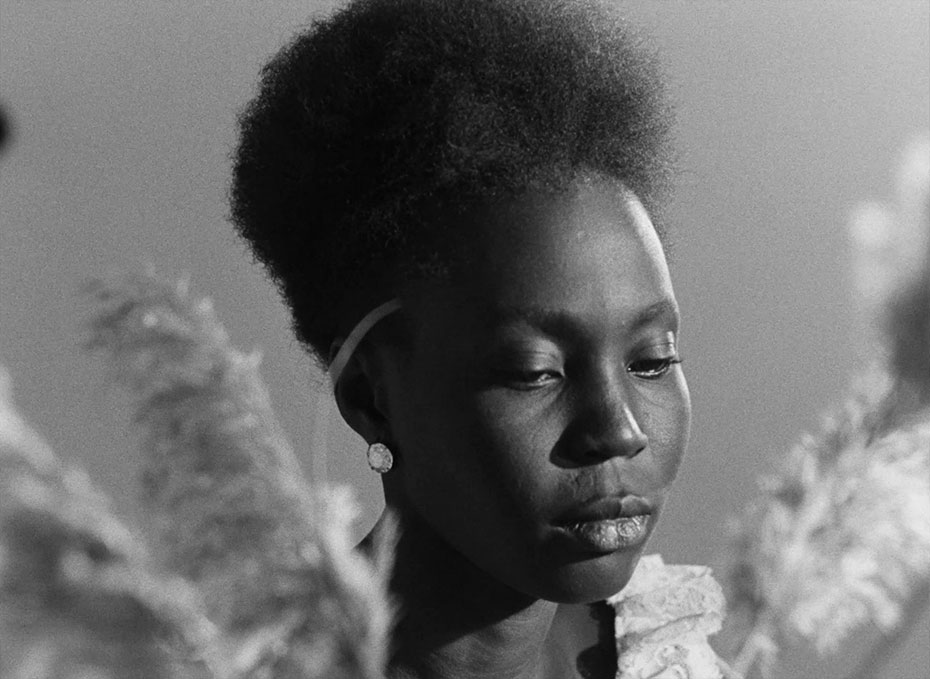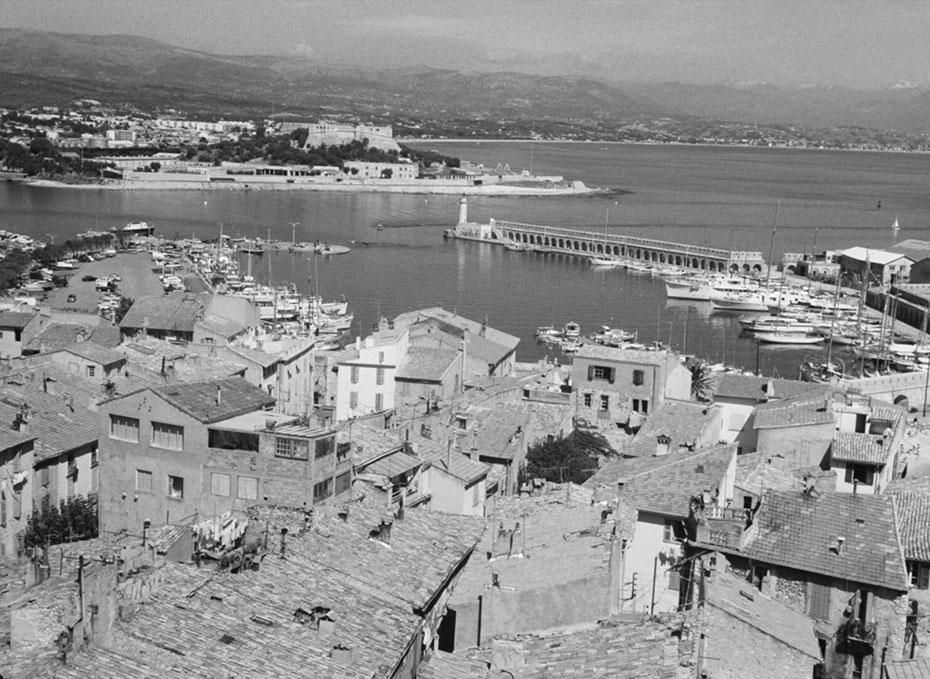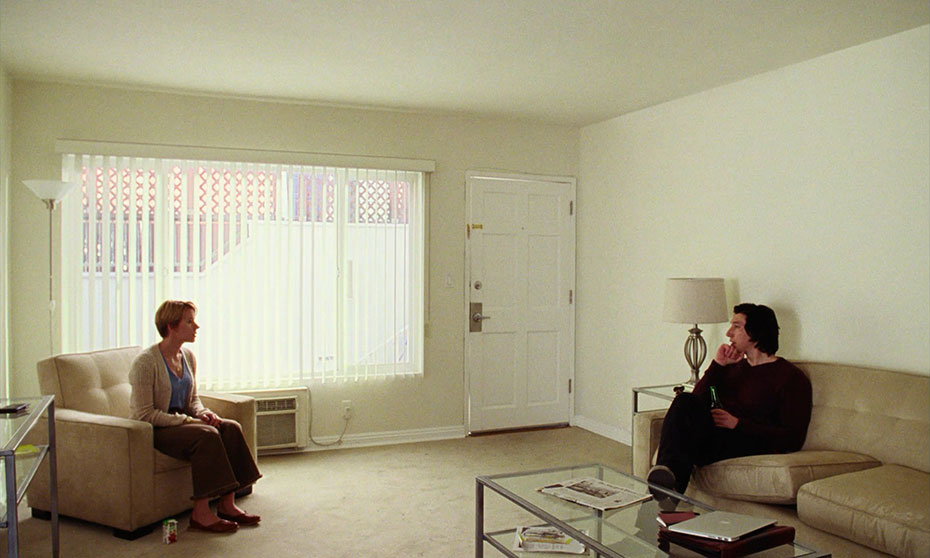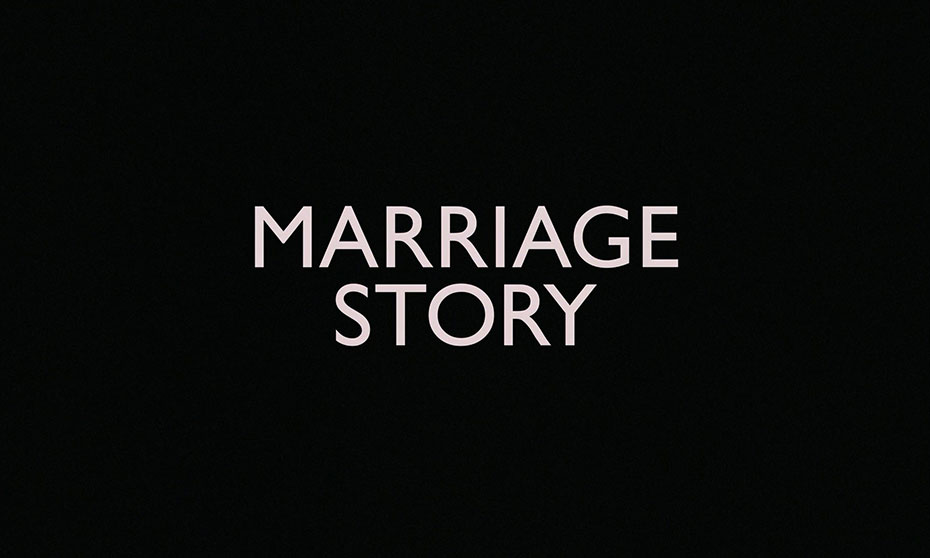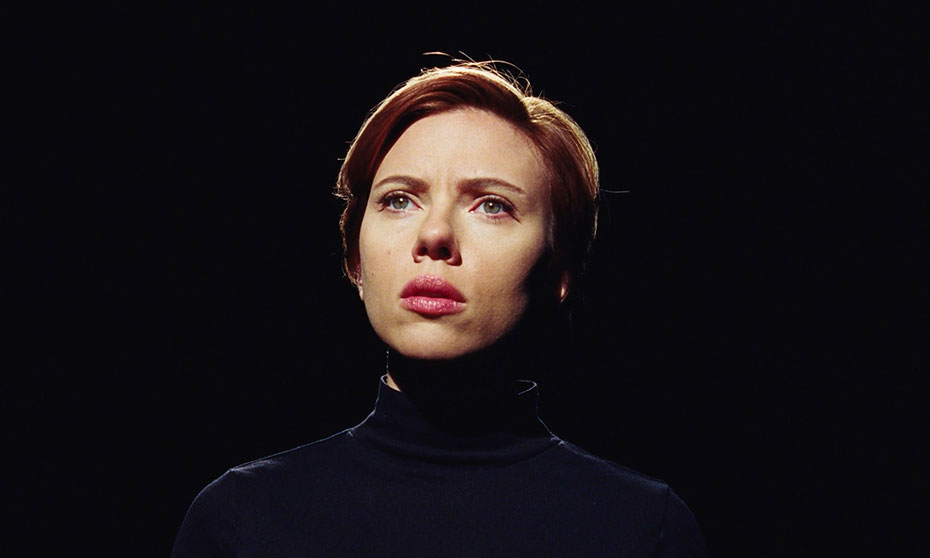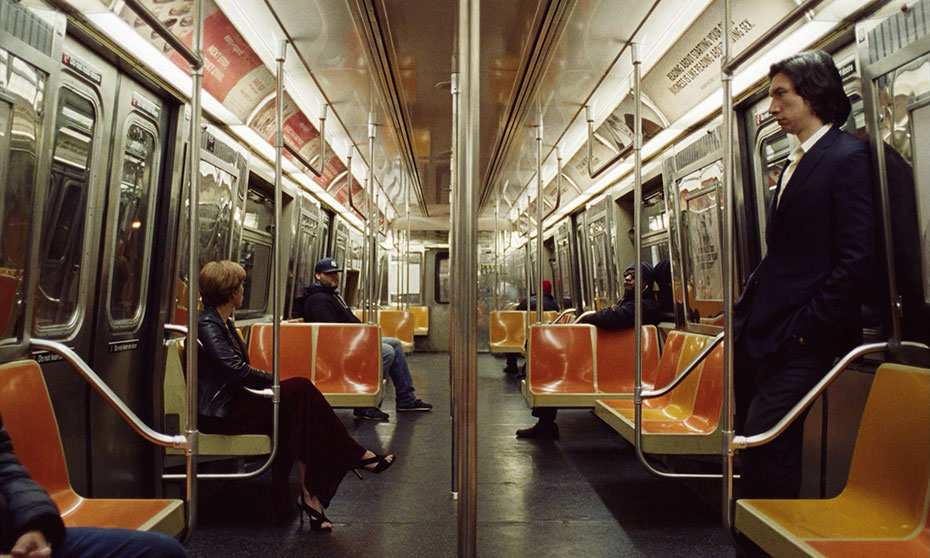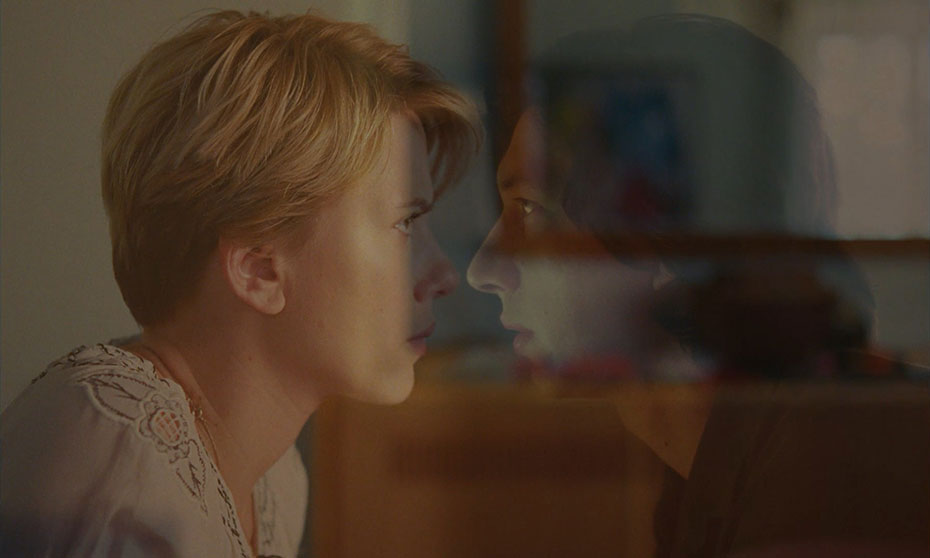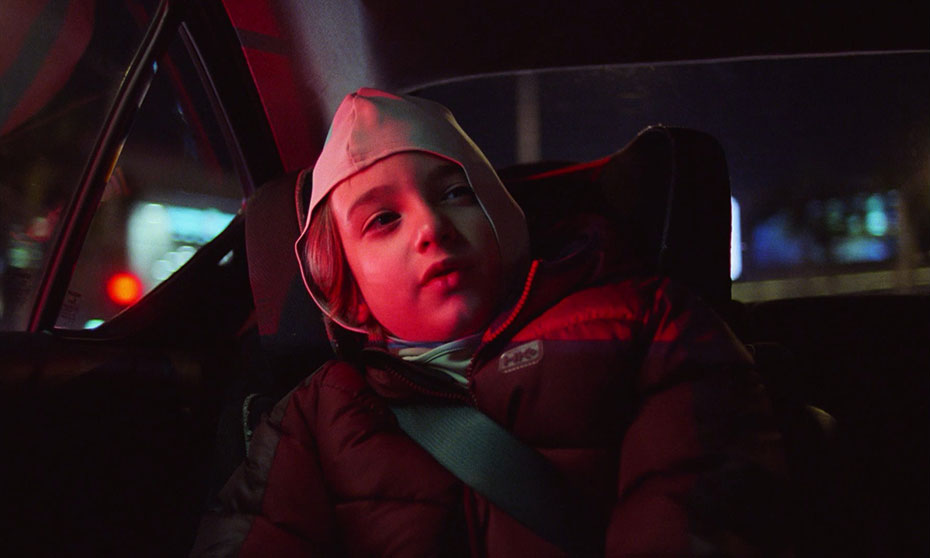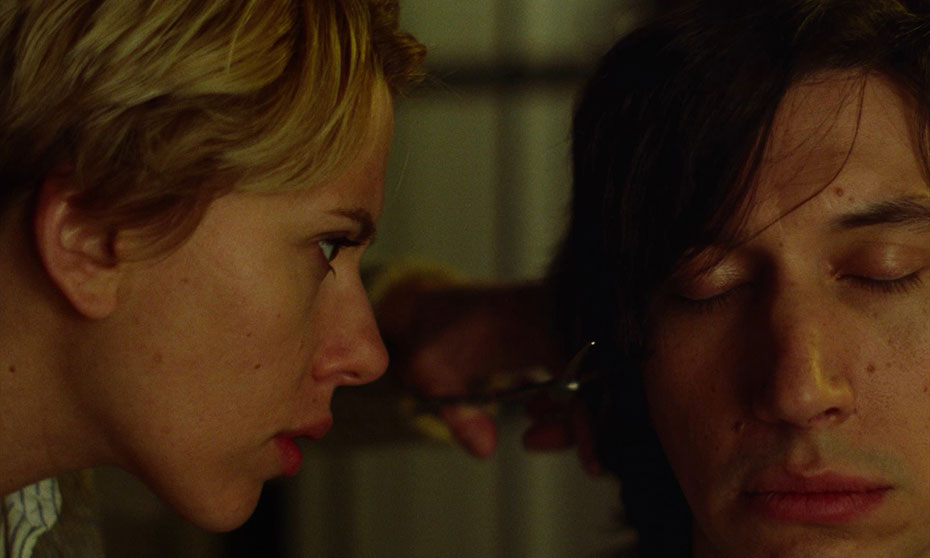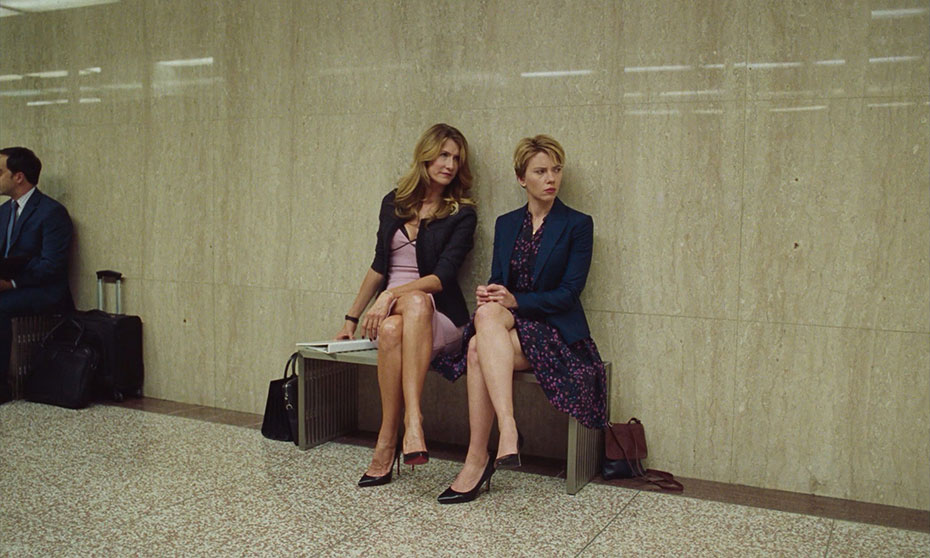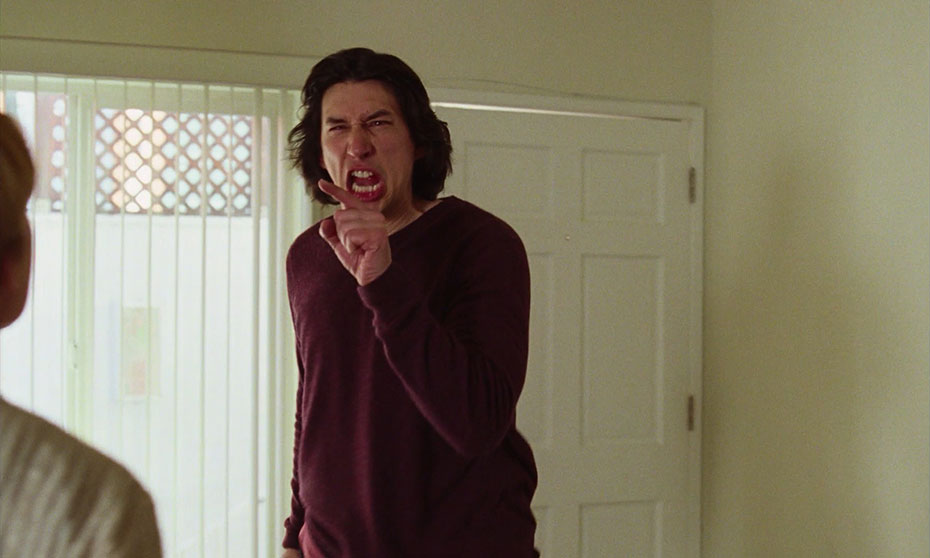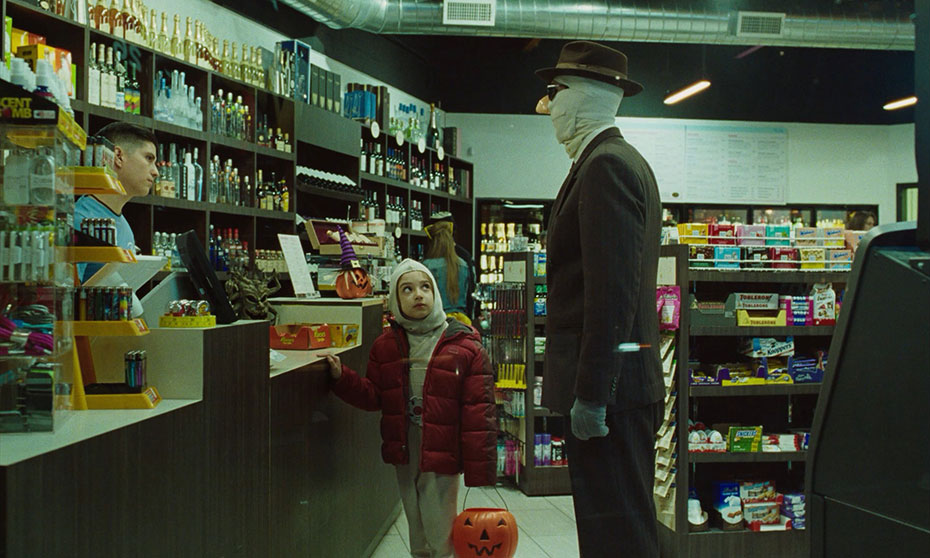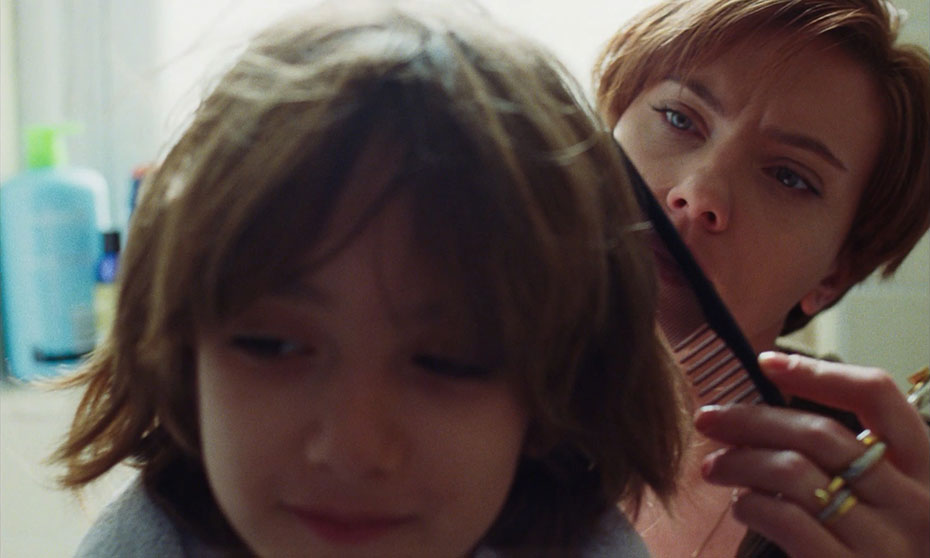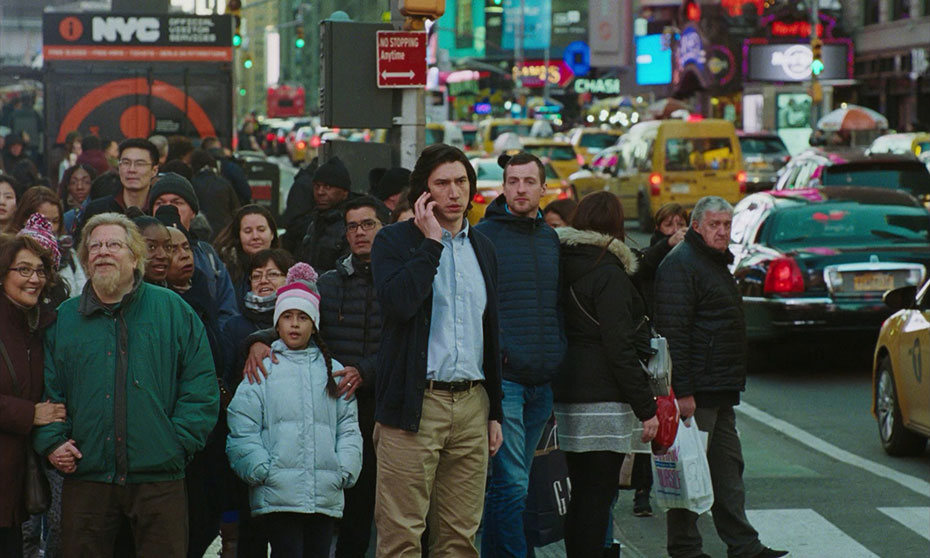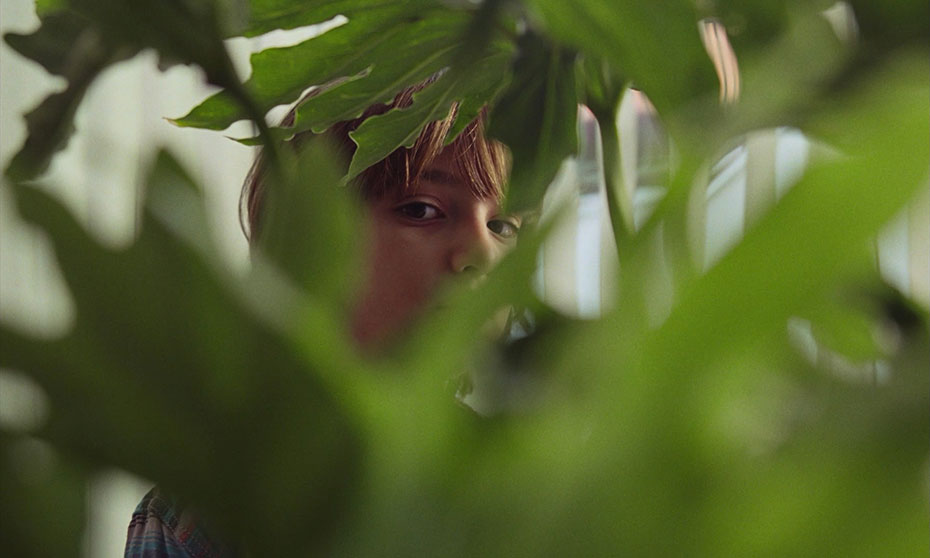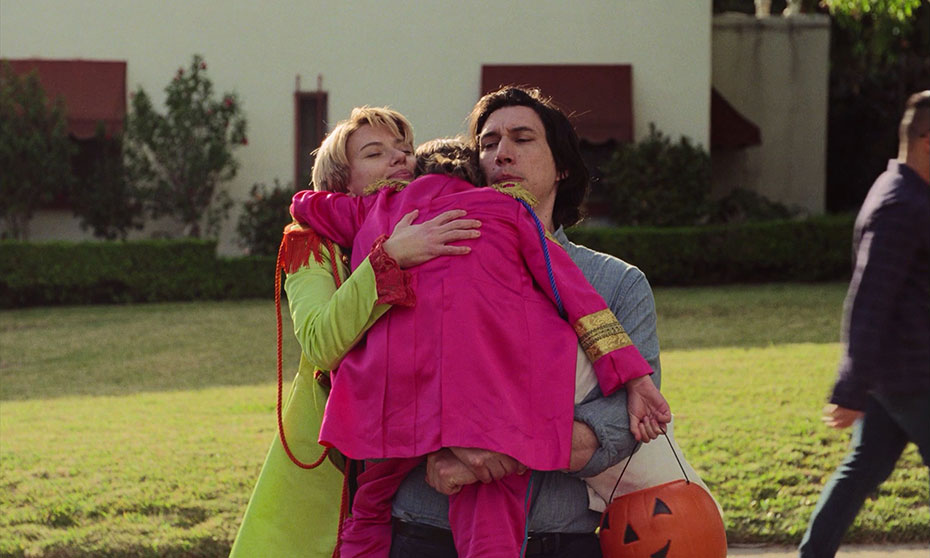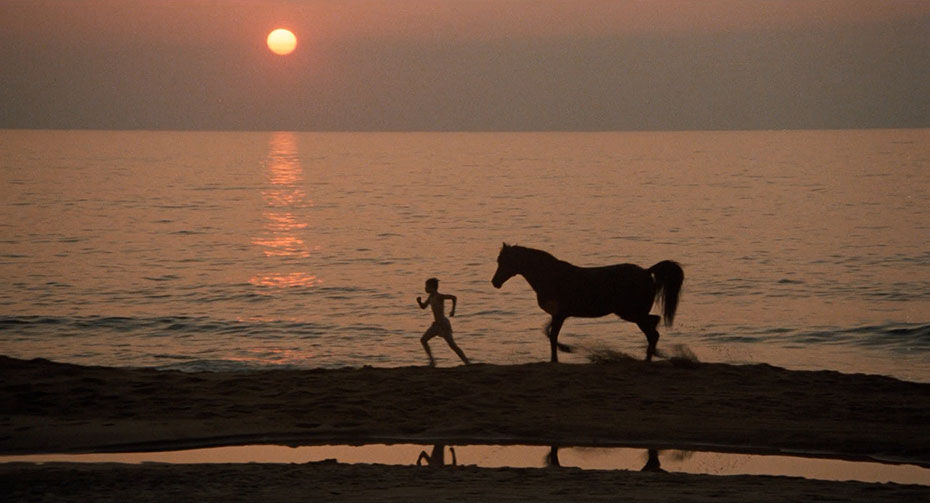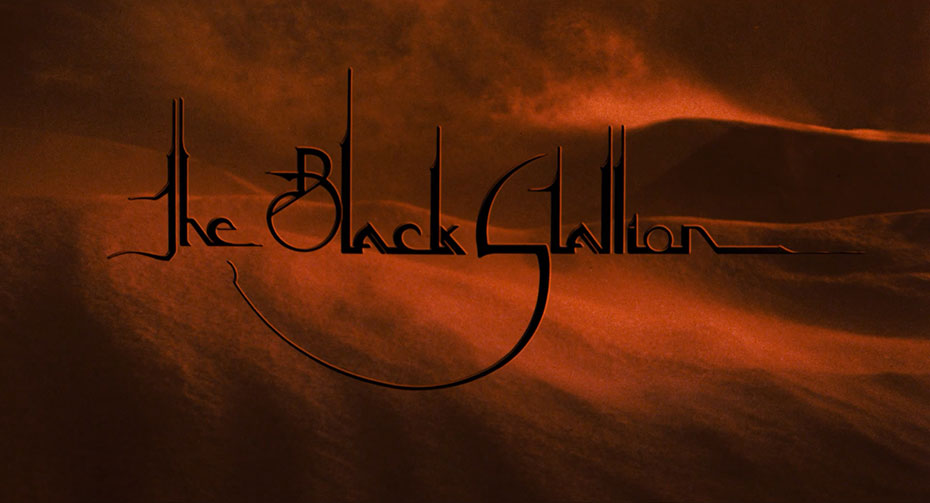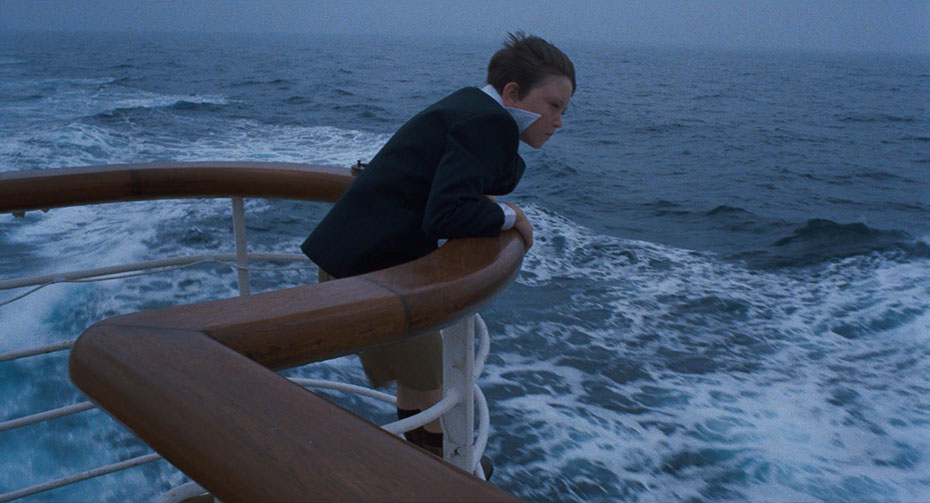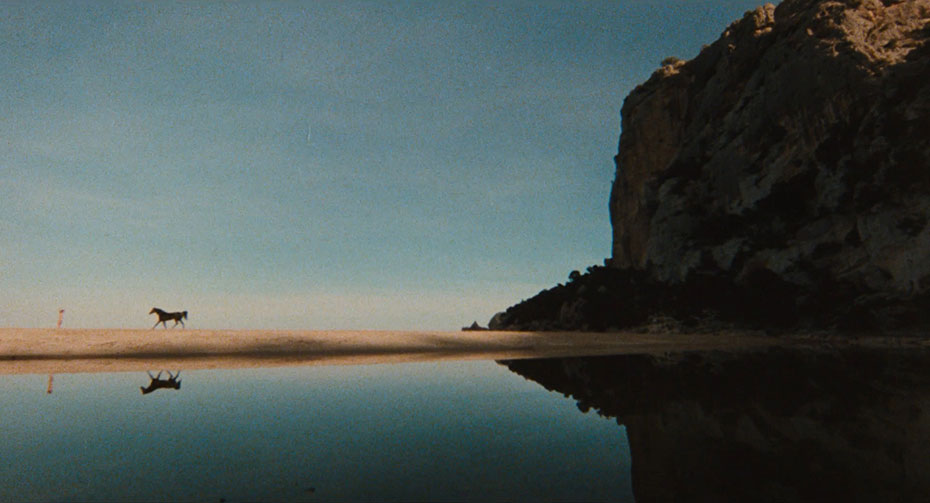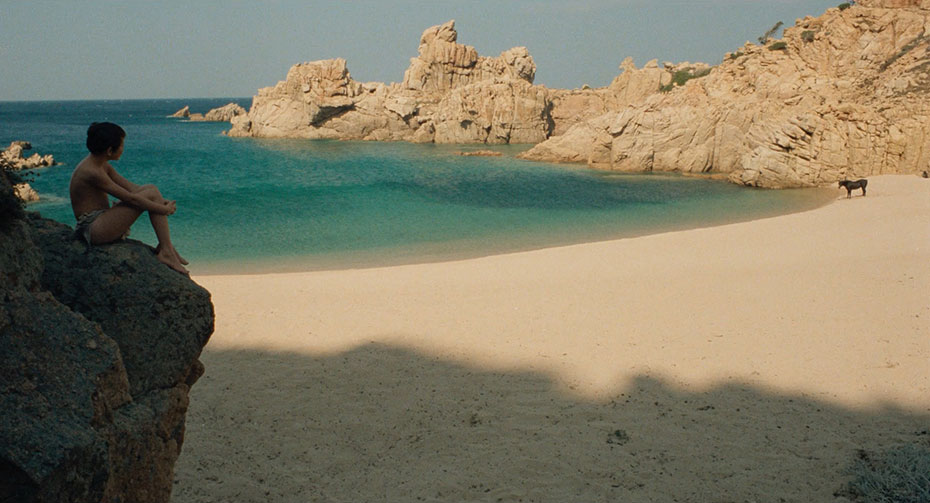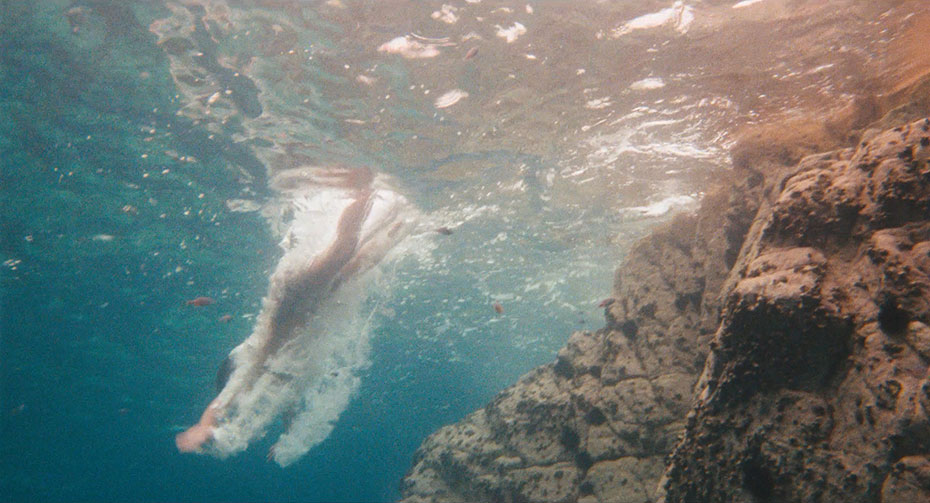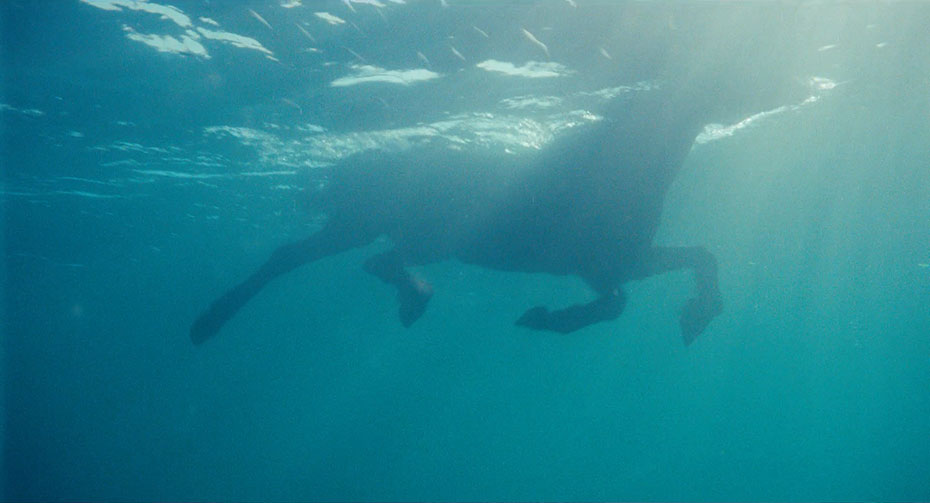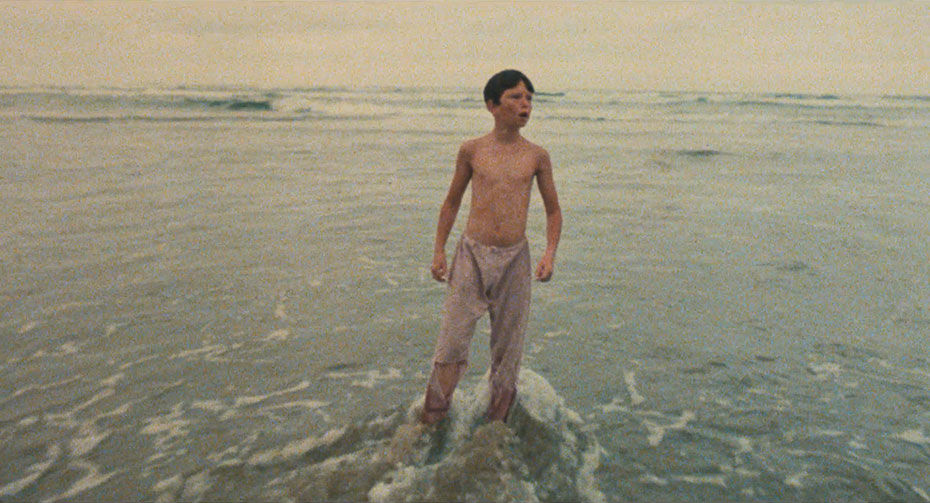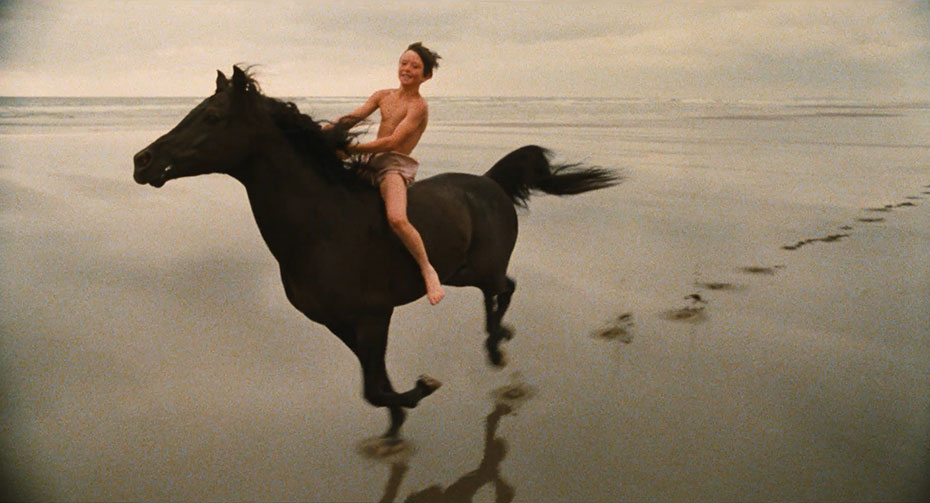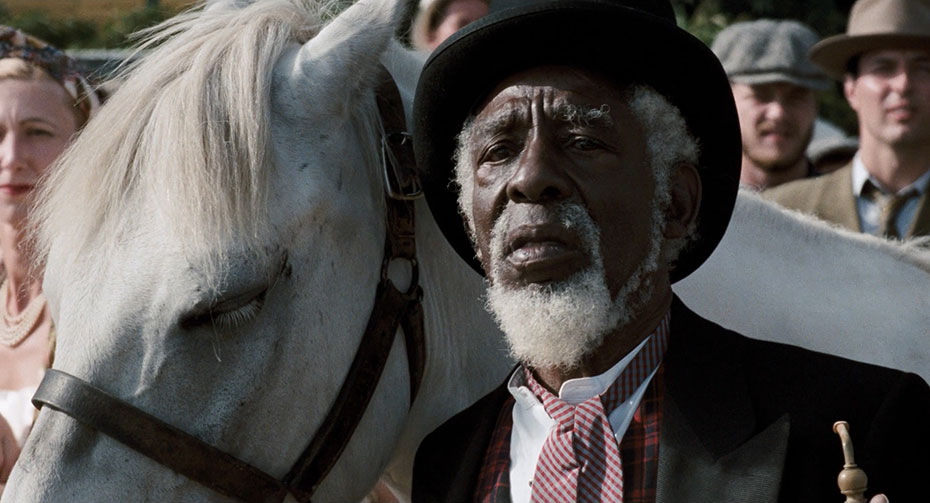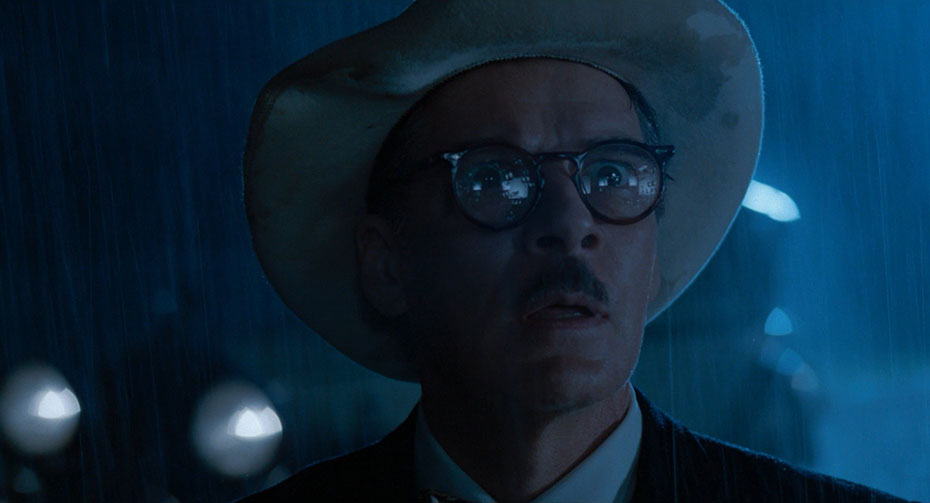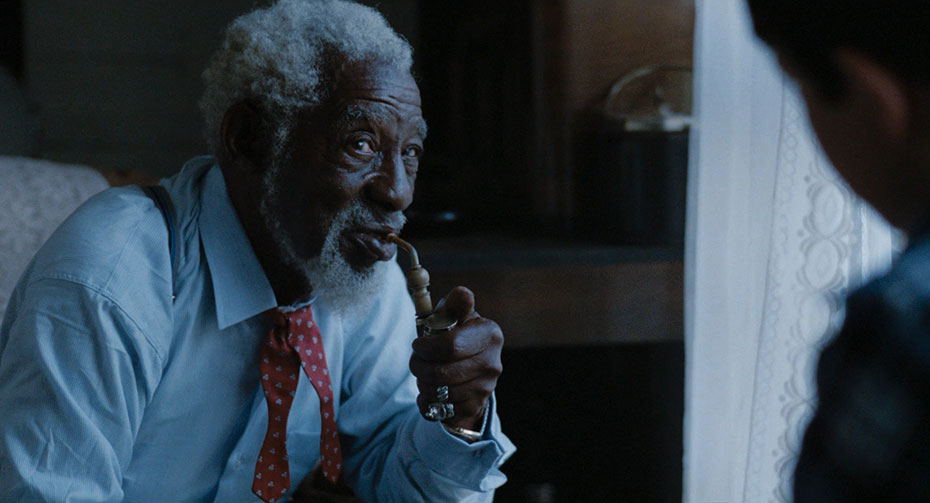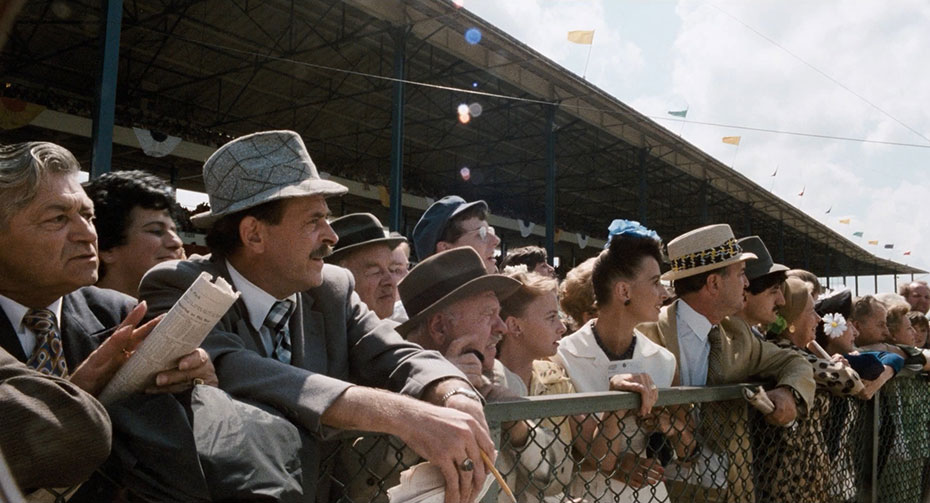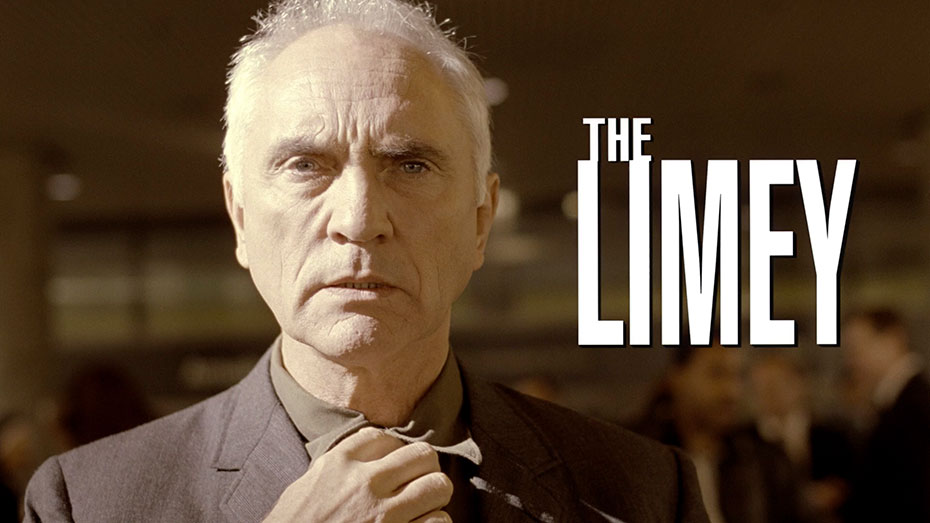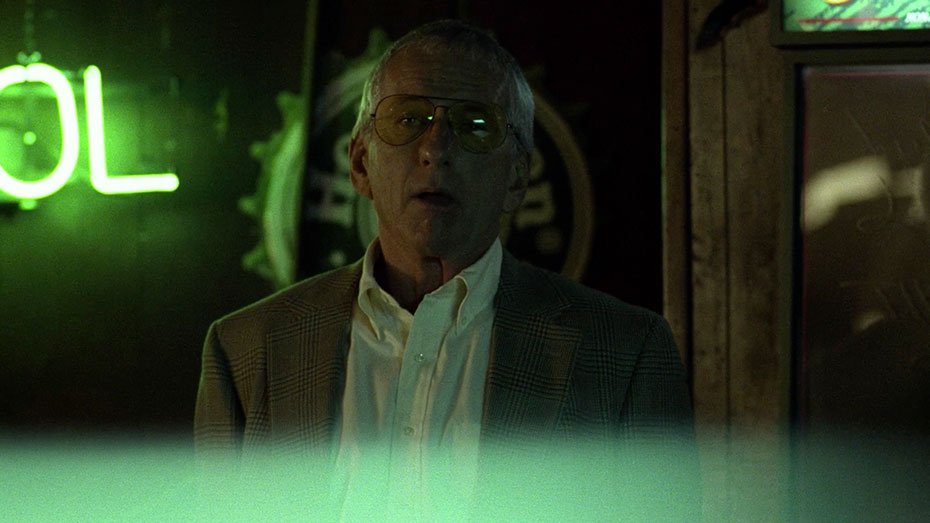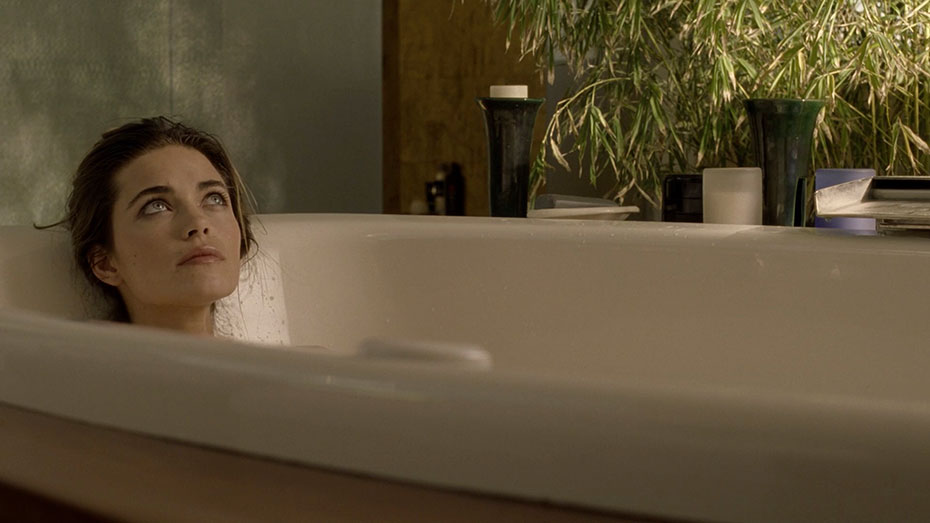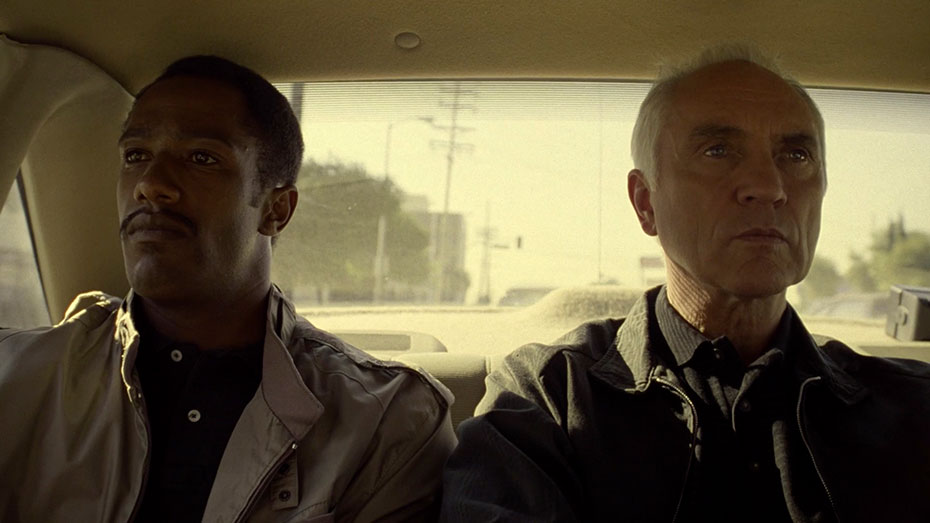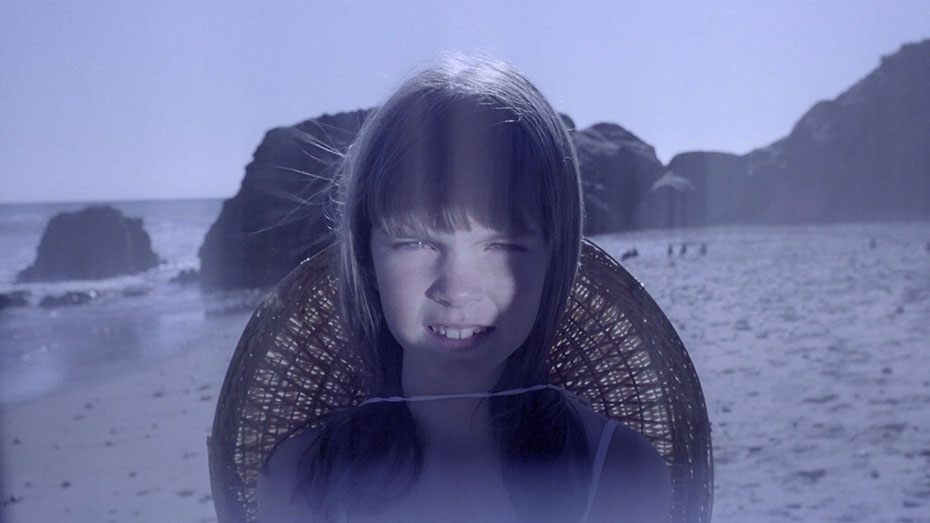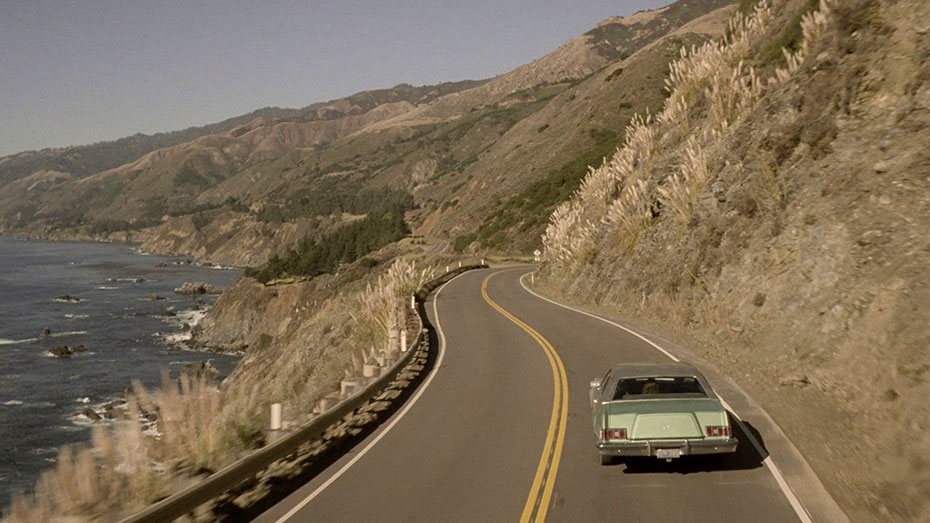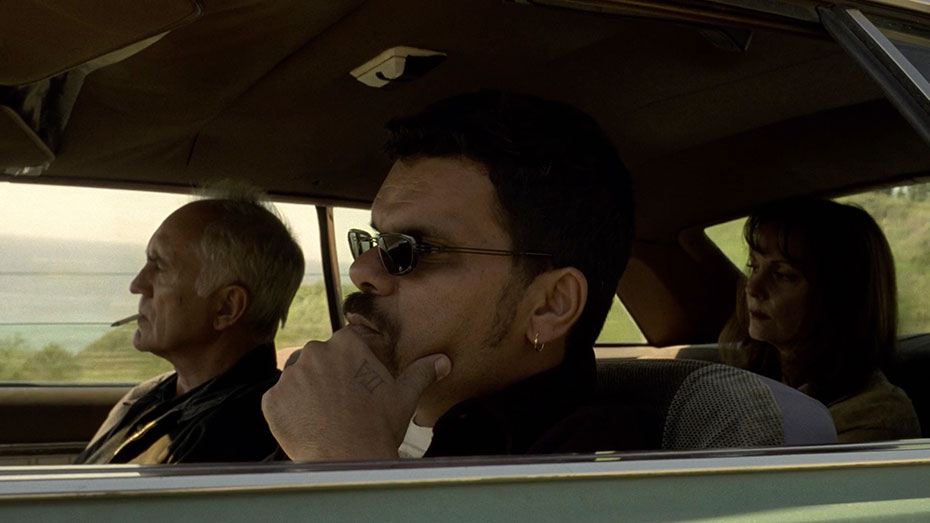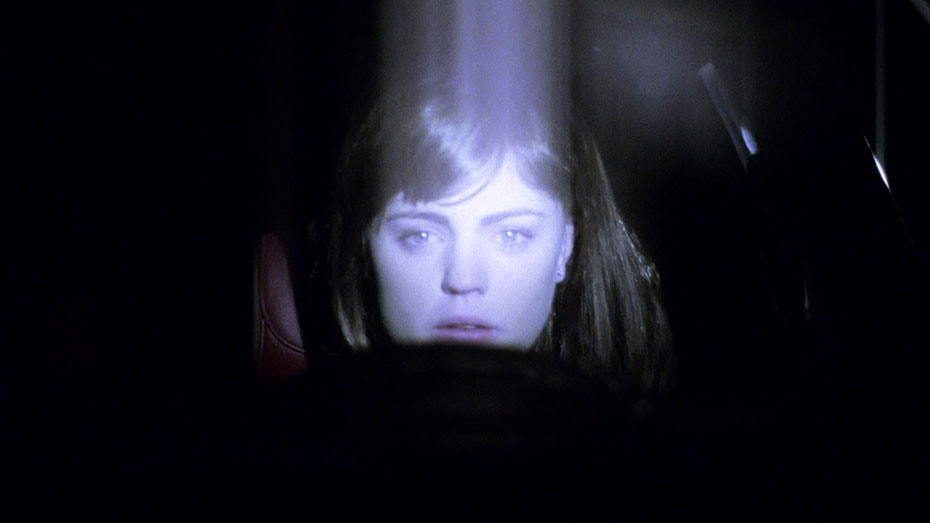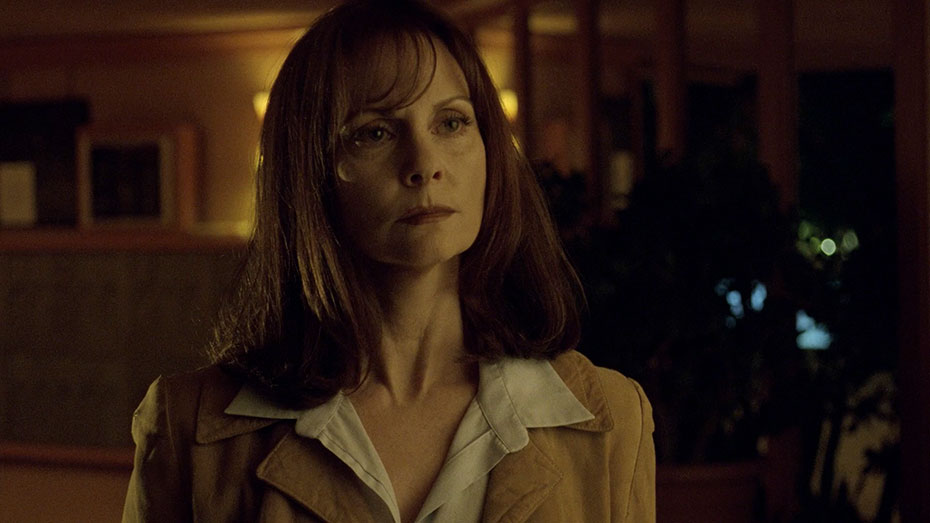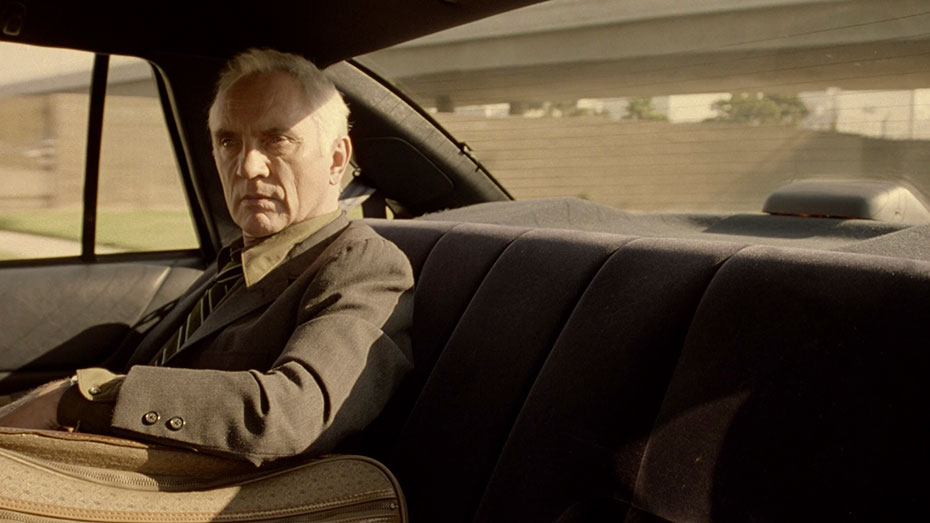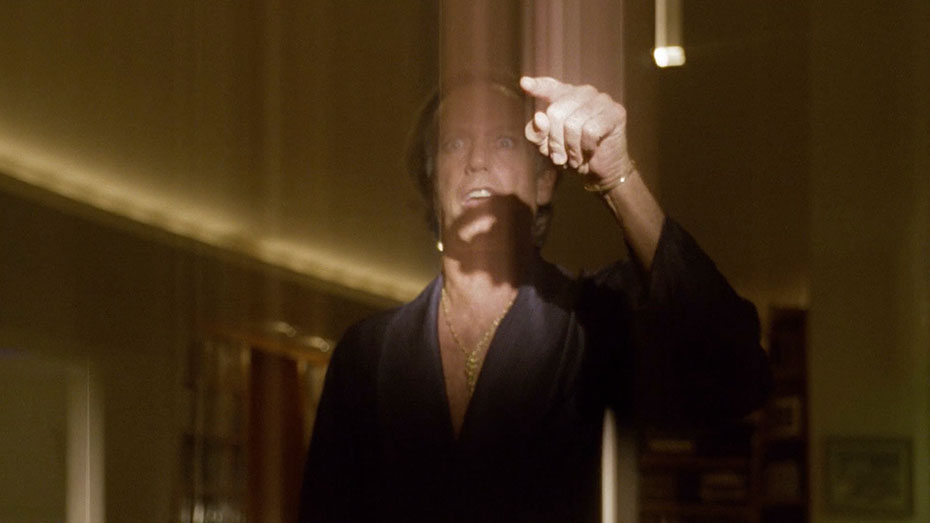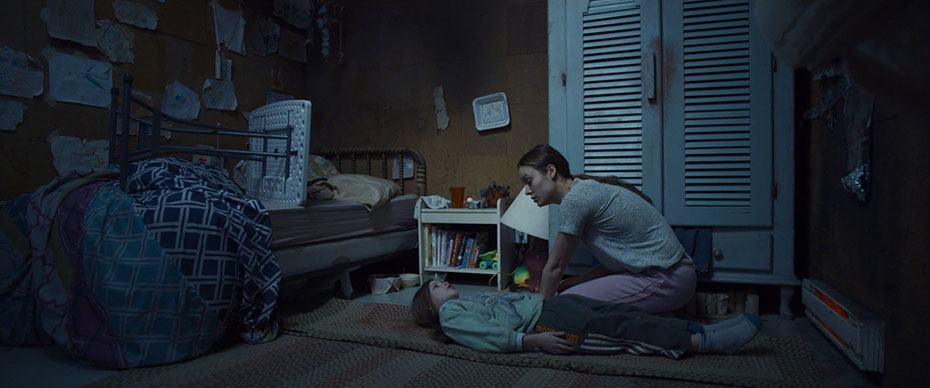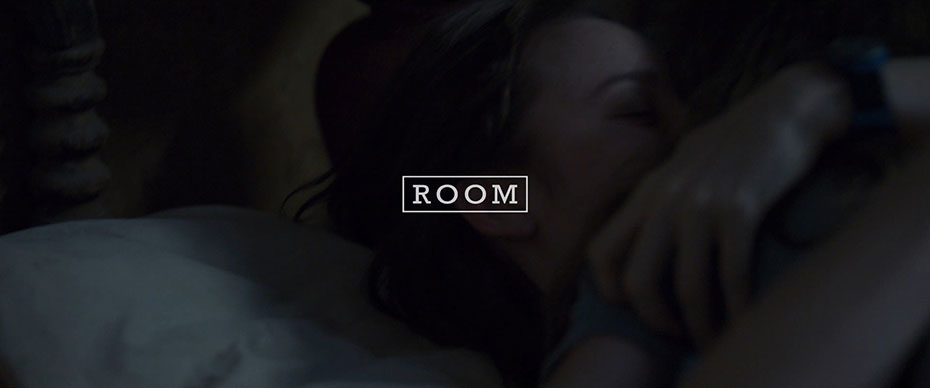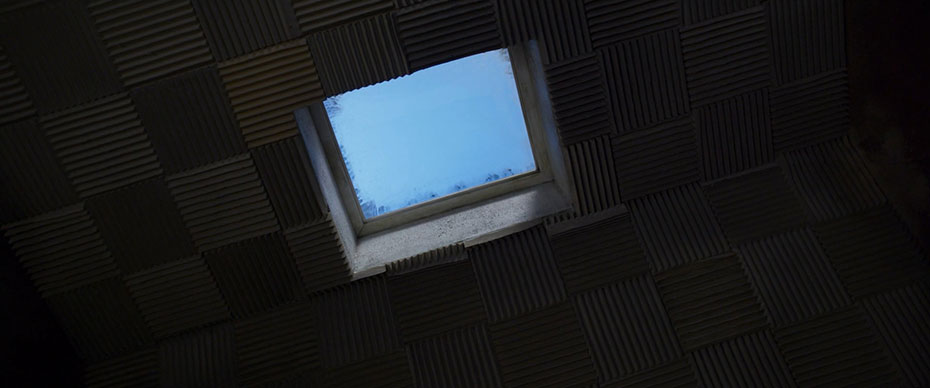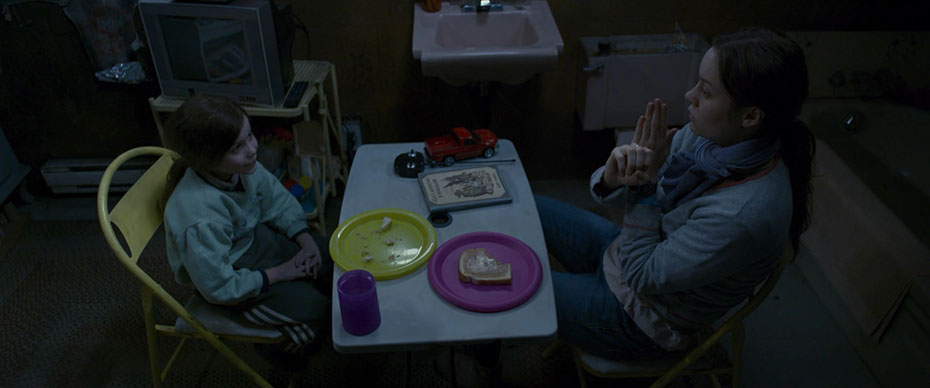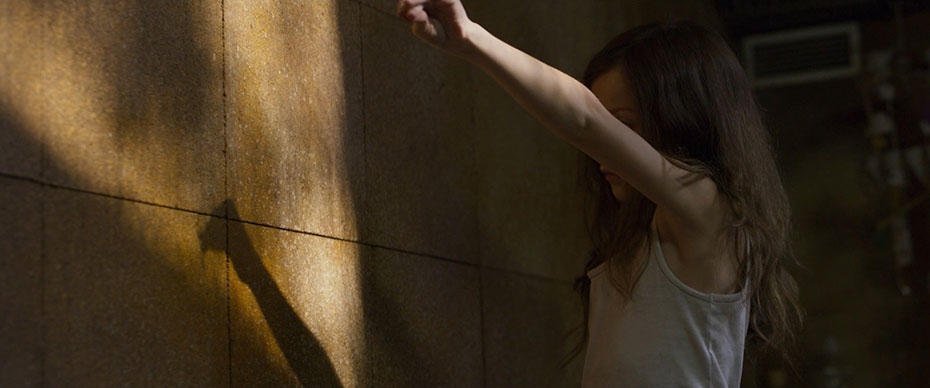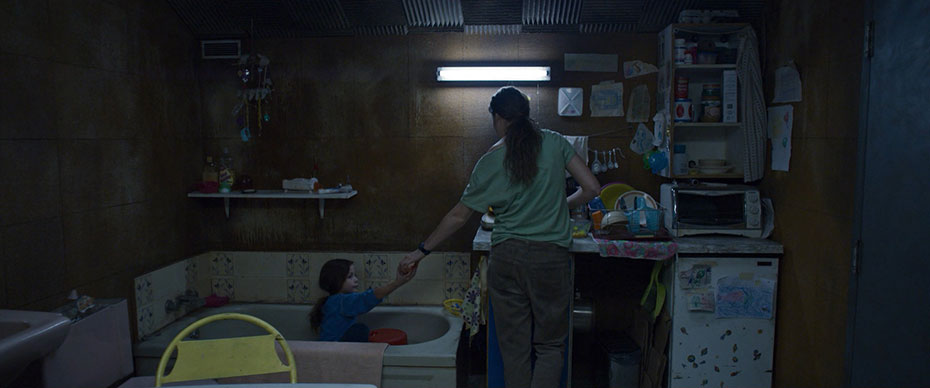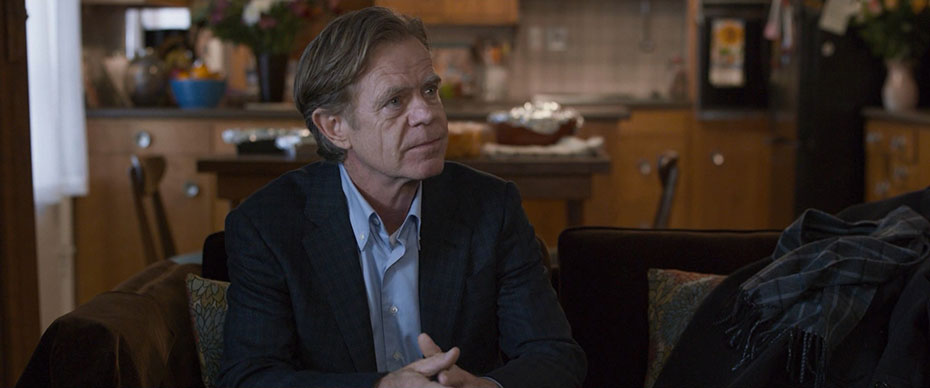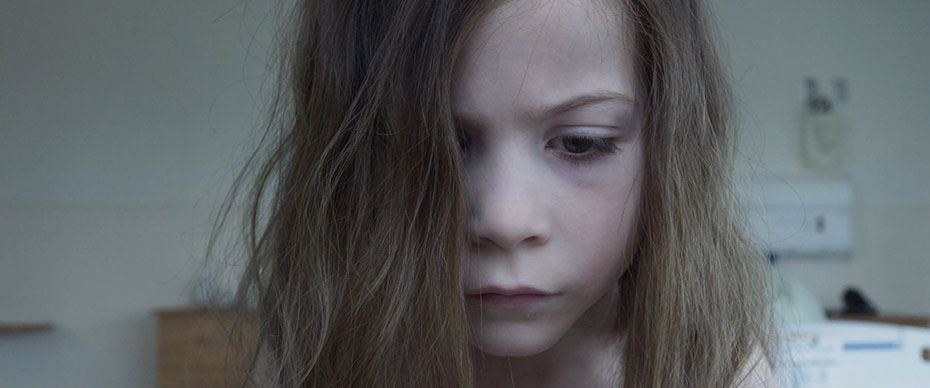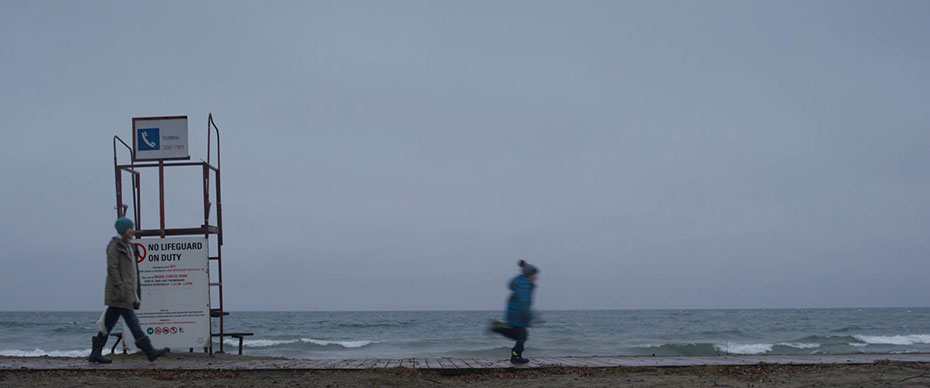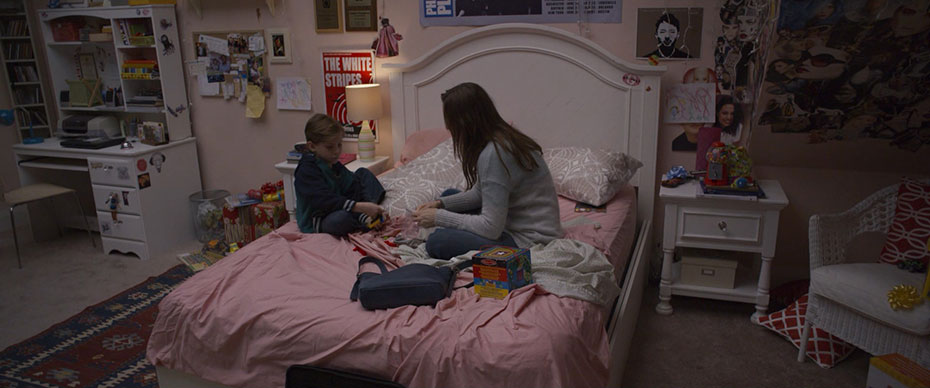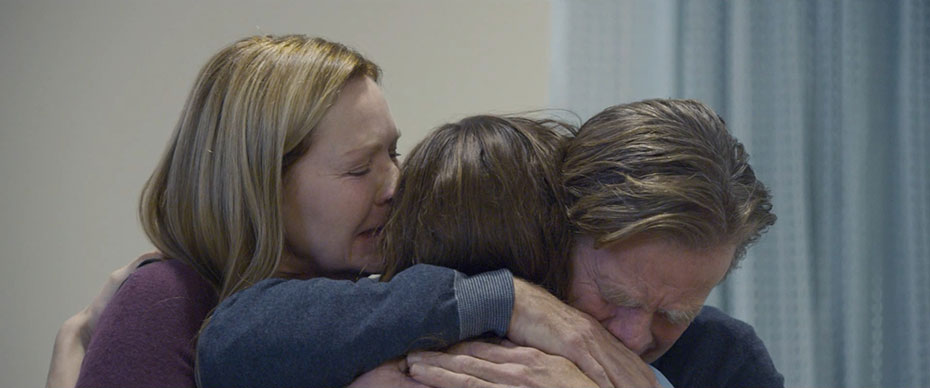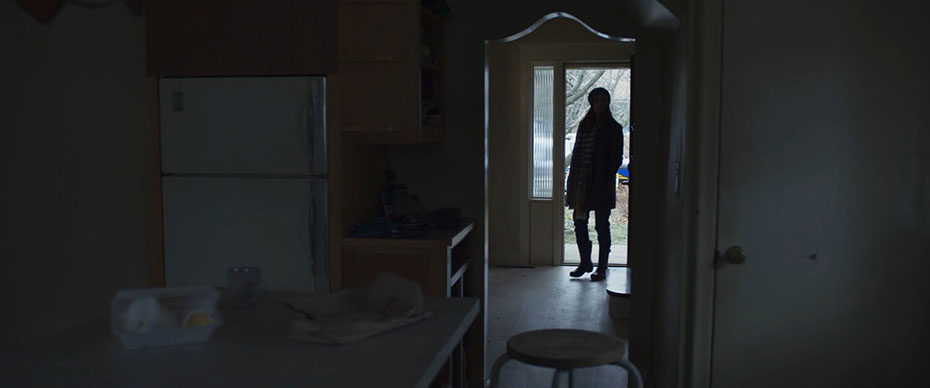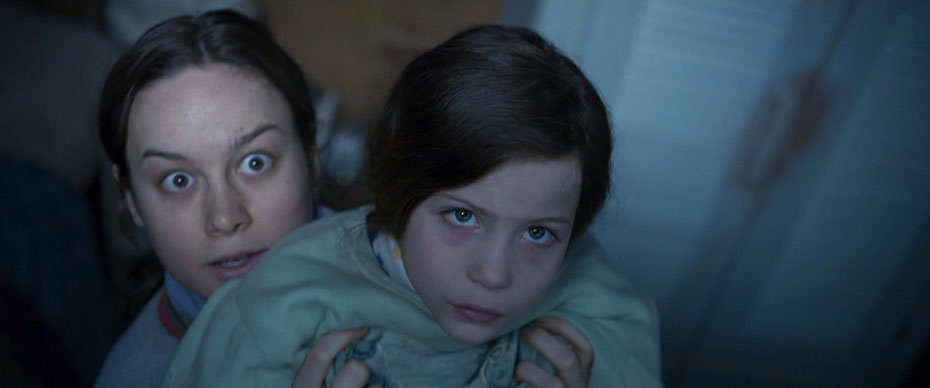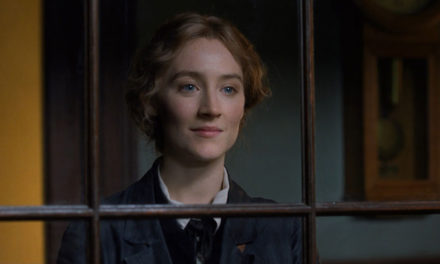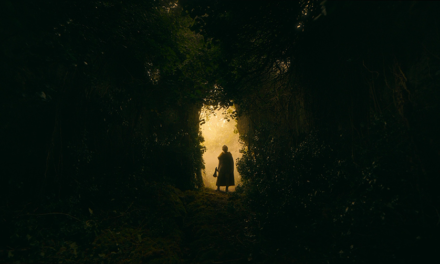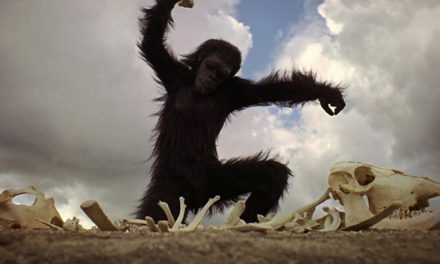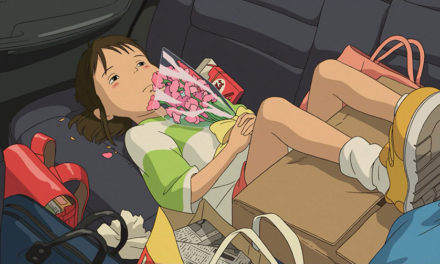THE TUESDAY DROP – 7/06
07.06.21 / New Shots
NOMADLAND (2021)
Chloe Zhao’s 2021 drama NOMADLAND follows Fern (played by Frances McDormand), a woman who loses everything in the Great Recession and embarks on a journey through the American West. The film was based on a 2017 non-fiction book by Jessica Bruder. Nomadland was nominated for six Academy Awards, winning for Best Picture, Best Director and Best Actress. Zhao worked on the film with British cinematographer Joshua James Richards, who she met while at NYU’s Graduate Film School. The pair also worked together on Zhao’s films Songs My Brothers Taught Me and The Rider. Together, Zhao and Richards established two key ground rules for the production. First, they wanted to take the audience through an ever-changing landscape, but keep them anchored along the way. To do this, they kept the camera in constant motion, while grounding the audience in Fern’s perspective (Richards shot with two Alexa minis – one on a Ronin Gimbal and another on standby with an easyrig). They also limited themselves to lenses that were never longer than 35mm, in order to see the background and the characters together at all times. Secondly, they wanted to shoot with as much natural light as possible, often tailoring production so that they were shooting in magic hour. Nomadland was praised for its beauty and simplicity, evoking films such as Terrence Malick’s The New World.
AVENGERS: ENDGAME (2019)
AVENGERS: ENDGAME is a 2019 superhero film based on the Marvel comic series. The film is the direct sequel to Avengers: Infinity War, and the 22nd film in the Marvel Cinematic Universe. The film grossed $2.79 billion at the international box office, making it the second-highest grossing film of all time. Avengers: Endgame was directed by Anthony and Joe Russo, and was filmed by Canadian cinematographer Trent Opaloch, who is known for his previous work on the Russo brothers’ Marvel films and with South African filmmaker Neill Blomkamp. The Russos and Opaloch shot Avengers: Endgame with ARRI Alexa IMAX 2D cameras, marking the first time that a Hollywood feature film was shot entirely with IMAX digital cameras. Opaloch and the Russos worked with the Marvel team to prepare for the film’s major fight sequences months in advance. Through pre-visualisation, concept art and stunt visualisation, they organized the entire shoot into small pieces that could accommodate the large cast’s various schedules. Through a combination of shooting doubles and inserting actors in post, the long, broken up sequences filmed over months were able to appear as one seamless scene in the final film.
THE WORLD OF APU (1959)
Satyajit Ray’s 1959 drama THE WORLD OF APU is the final installment in his Apu Trilogy. The film is based on the last half of the Bengali novel Aparajito by Bibhutibhushan Bandopadhyay. The World of Apu marked the first collaboration between Ray and actors Soumitra Chaterjee and Sharmila Tagore. The three would go on to become frequent collaborators throughout each of their careers. Ray made The World of Apu with frequent collaborator Subrata Mitra, who was recognized by this time as India’s pre-eminent cinematographer. Mitra, who invented the technique of bouncing light while working with Ray on Aparajito, created a visual language for this film that was more preoccupied with the internal life of Apu, as opposed to the grander themes of progress vs tradition that dominated the first two films. The result is a film that is in many ways quieter than its predecessors, concluding where the trilogy began, as a young boy looks out upon the possibilities that lie ahead of him.
THREE COLORS: WHITE (1994)
Krzysztof Kieslowski’s 1994 film THREE COLORS: WHITE is the second installment in his Three Colors trilogy. The film stars Zbigniew Zamachowski and Julie Delpy, and follows a Polish man who returns to Paris and rebuilds his life after being dumped by his French wife. Three Colors: White is considered by many to be both the most playful and the most gritty of the trilogy, and an avenue for Kieslowski to comment on the economic inequalities between Western and Eastern Europe. The film was shot by Polish cinematographer Edward Klosinski, who also worked with Kieslowski on the screenplay. Klosinski approached the shooting of Three Colors: White with a clear goal to not have the cinematography draw too much attention to itself – stating that “if the cinematography is so aggressive that the cinema viewer starts sighing ‘how lovely’, then they lose the essence of the film”. The film lives strictly in the perspective of its protagonist Karol, with shifts in the imagery designed to compliment shifts in the character.
SPOTLIGHT (2015)
SPOTLIGHT is a 2015 film directed by Tom McCarthy, following the journalists of the Boston Globe’s Spotlight team in 2001 as they uncovered the widespread and systemic sexual abuse of minors by Catholic priests in Boston. The film was nominated for six Academy Awards, winning for Best Picture and Best Original Screenplay. McCarthy worked on the film with Japanese cinematographer Masanobu Takayanagi, who was known for his work on films such as Warrior, Silver Linings Playbook and Out of the Furnace. McCarthy and Takayanagi aligned on an approach of “emotional accuracy” and “visual economy” to portray this emotionally intense story. They decided to emphasize simplicity, economy of coverage, and staying out of the way of both the actors and the audience. They originally planned to shoot on film to evoke the period, but due to the scarcity of film processing labs nearby (they were shooting in Toronto, and the closest labs were in Montreal), they decided to shoot on the Arri Alexa. Takayanagi also opted to shoot the film with three different zoom lenses. Takayanagi was influenced by the work of John Seale, and wanted to underscore the film’s more emotional moments with subtle zoom-ins. While Spotlight is a decidedly un-flashy film, its commitment to simplicity, highlighted by a single-shot scene in which the reporters learn about the extent of the crisis, makes it a film worthy of cinematography study.
BLACK GIRL (1966)
BLACK GIRL is a 1966 French-Senegalese film written and directed by Ousmane Sembene in his feature debut. The film follows a Senegalese woman who works as a maid in France for a rich couple, who increasingly treat her like a slave. Black Girl was one of the first films made by an African to receive widespread international acclaim, and has become recognized as a landmark of Sub-Saharan cinema. Black Girl was shot by cinematographer Christian Lacoste, who worked with Sembene to translate some of his sensibilities as an author into a visual medium. Instrumental to this is the film’s visual commitment to isolating its central character, Diouana, who is often shown alone in the frame. Traditions of African storytelling in the editing, narration and structure of the film are married with a visual style reminiscent of Italian neorealism, creating a unique and piercing portrayal of the continued oppression of colonialism.
MARRIAGE STORY (2019)
Noah Baumbach’s twelfth feature film, MARRIAGE STORY, follows a theater director, Charlie (played by Adam Driver) and his actress wife (played by Scarlett Johansson) as they struggle through a protracted divorce. The film was nominated for six Academy Awards, including Best Picture and Best Original Screenplay. Baumbach worked on Marriage Story with Irish cinematographer Robbie Ryan, who he had previously worked with on The Meyerowitz Stories. Ryan and Baumbach decided to shoot the movie on 35mm film in a 1.66:1 aspect ratio, in order to create intimacy with the audience. With references such as Persona and Cries and Whispers (both directed by Ingmar Bergman and shot by Sven Nykvist), they set out to create a visual language that emphasized a static, observational camera and atmospheric natural light. Working with natural light was a particular challenge for Ryan, who had to maintain visual consistency during scenes where Baumbach would often shoot in excess of 20 takes. By focussing on simple camerawork, Ryan was able to maintain an efficient set, allowing Baumbach to focus on the actors, and allowing the final film to be a showcase for the performances.
THE BLACK STALLION (1979)
THE BLACK STALLION is a 1979 adventure film directed by Carroll Ballard, based on the 1941 children’s novel of the same name. The film follows a boy, Alec, who encounters a black Arabian stallion on a deserted island, and forms a bond with the horse. The Black Stallion was nominated for two Academy Awards in the Best Actor and Best Editing categories. The film’s premise meant that the filmmakers had to navigate major production challenges, including finding locations that resembled deserted islands, as well as 1940’s Flushing, NY. They also had to find and care for multiple horses that were required to pull off difficult stunts in dangerous locations. The Black Stallion was filmed by cinematographer Caleb Deschanel, who also shot such iconic films as The Natural, Being There and The Passion of the Christ. Ballard and Deschanel took special care to be conscious of the movement of the sun, and would often move away from storyboards in order to capture spontaneous moments between the child and the horses. The film has gone on to become a beloved classic of American family films, and was added to the National Film Registry in 2002.
THE LIMEY (1999)
Steven Soderbergh’s 1999 crime drama THE LIMEY follows Wilson (played by Terrence Stamp), a tough English ex-con who goes to Los Angeles to avenge the death of his daughter. The film opened at the 1999 Cannes Film Festival, and is known for its avant-garde use of non-linear storytelling. Some of the unusual features of The Limey include scenes which are so broken up that individual lines of dialogue are spread out over the movie, and flashback scenes about Wilson taken from another movie altogether (Ken Loach’s 1967 directorial debut, Poor Cow, which also starred Stamp). The Limey was shot by American cinematographer Ed Lachman, who was working with Soderbergh for the first time. Lachman went on to shoot films such as The Virgin Suicides and I’m Not There. Given the 32 day shooting schedule, and the down-and-dirty feeling Soderbergh wanted to achieve, Lachman shot the majority of the film hand-held, and with two cameras going simultaneously. Lachman also had to shoot most of the film with available light, and turned to the Kodak Vision 800T 5289 film stock. The stock, which is sometimes criticized for being unforgiving with hard light, was perfect for Lachman, allowing him to shoot night scenes with very few lighting units.
ROOM (2015)
ROOM is a 2015 drama directed by Irish filmmaker Lenny Abrahamson, starring Brie Larson and Jacob Tremblay as a mother and son who are held in a small room by a kidnapper for years. The film was written by Emma Donoghue, and was based on her 2010 novel of the same name. Room was nominated for four Academy Awards, winning in the Best Actress category for Larson. The film was shot by English cinematographer Danny Cohen, who was working with Abrahamson for the first time. The central challenge that Cohen and Abrahamson faced was how to make the first half of the film, which takes place entirely in one room, interesting and cinematic. They decided to embrace the restrictions of the space as much as possible, and keep the lens of the camera within the walls of the room at all times. Working with production designer Ethan Tobman, they built the room’s set with removable panels for the walls, and on a rostrum (a raised platform). This allowed them to occasionally have the body of the camera outside the set with the lens level with the wall, or to lower the camera to floor level.

